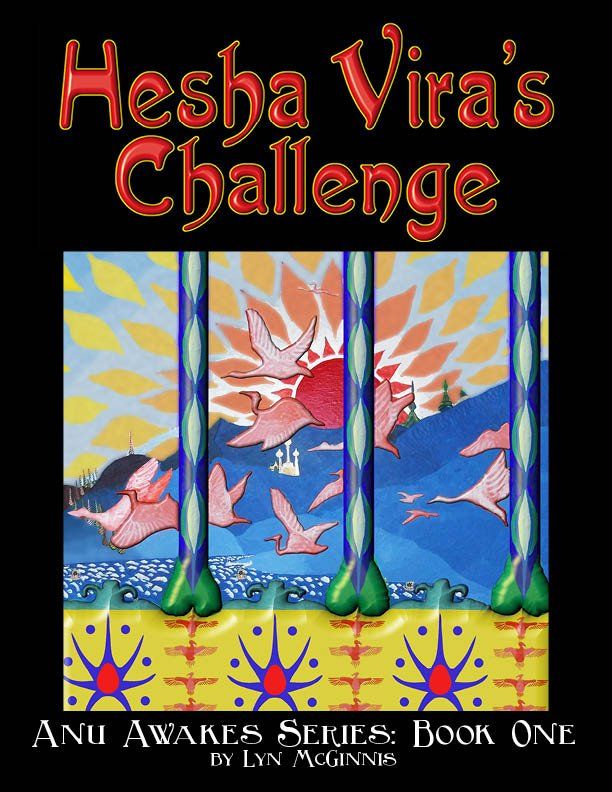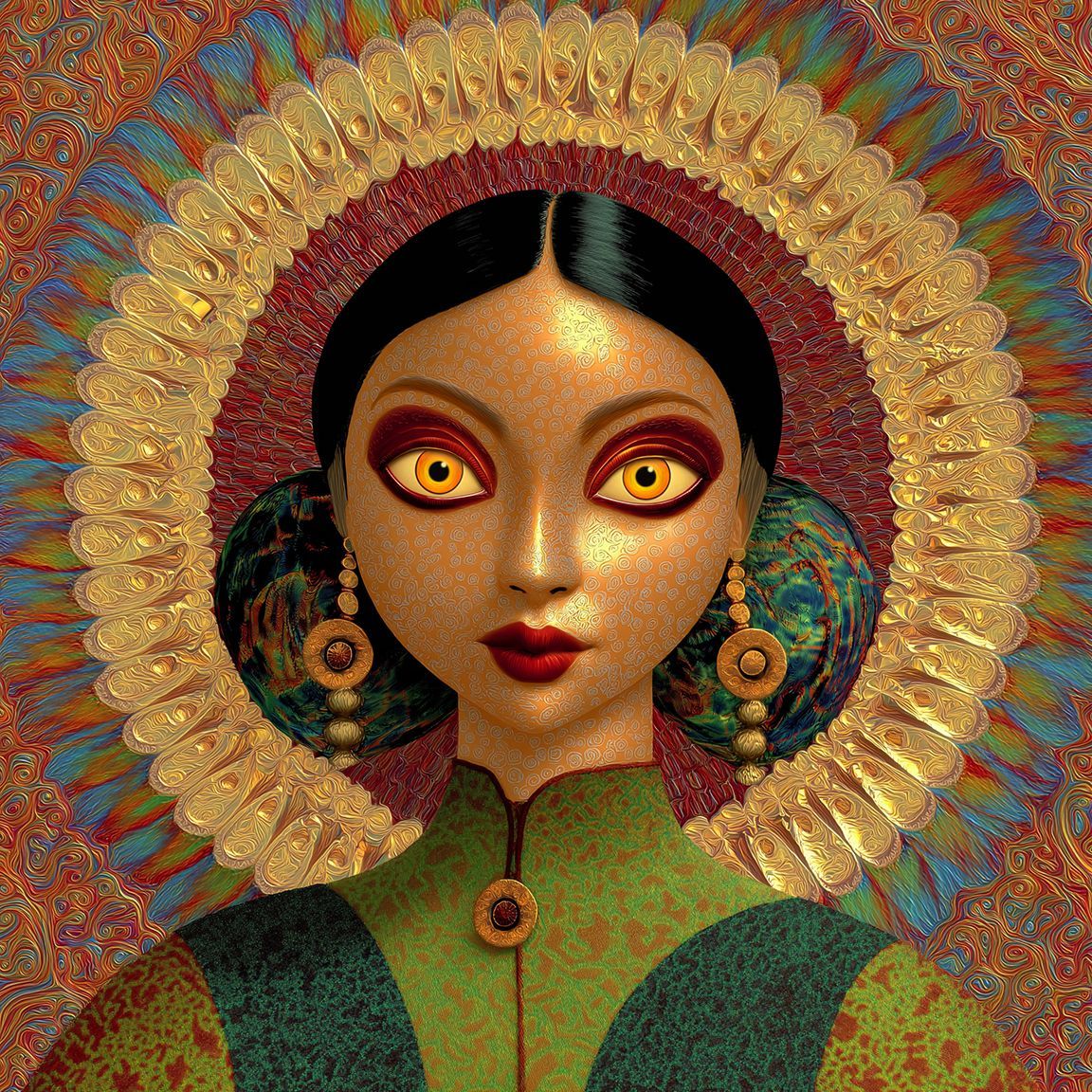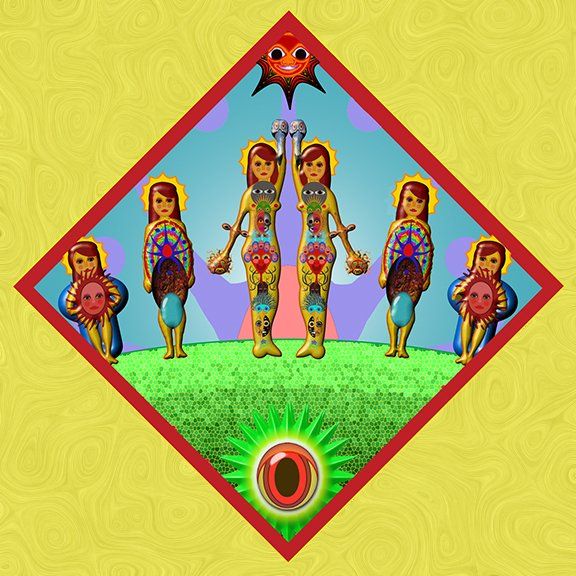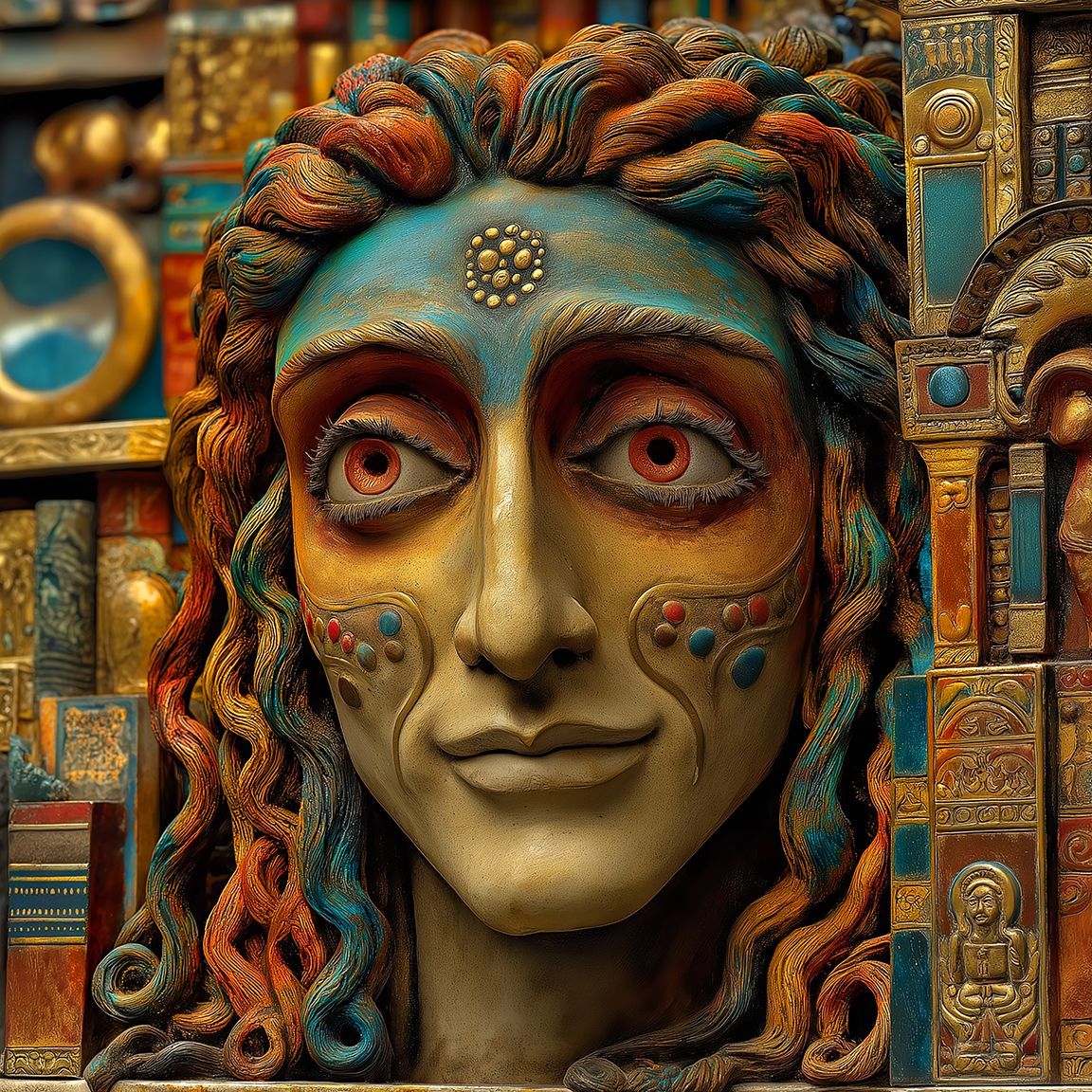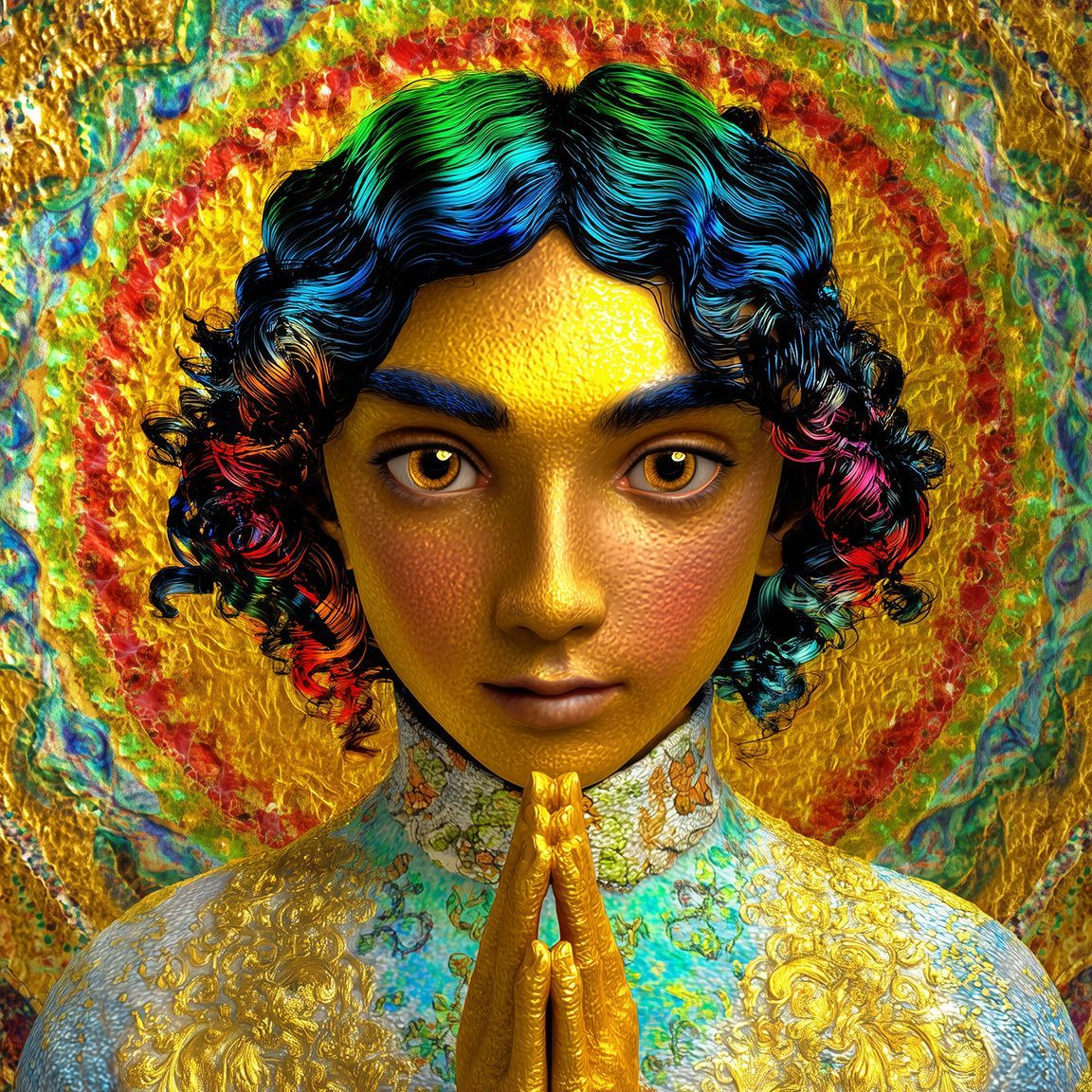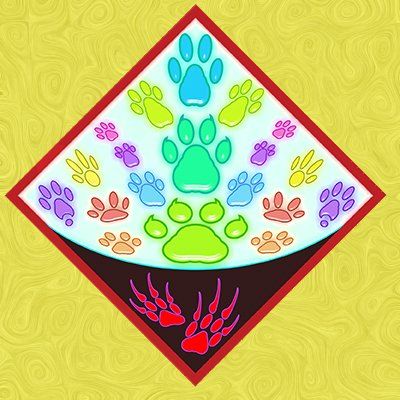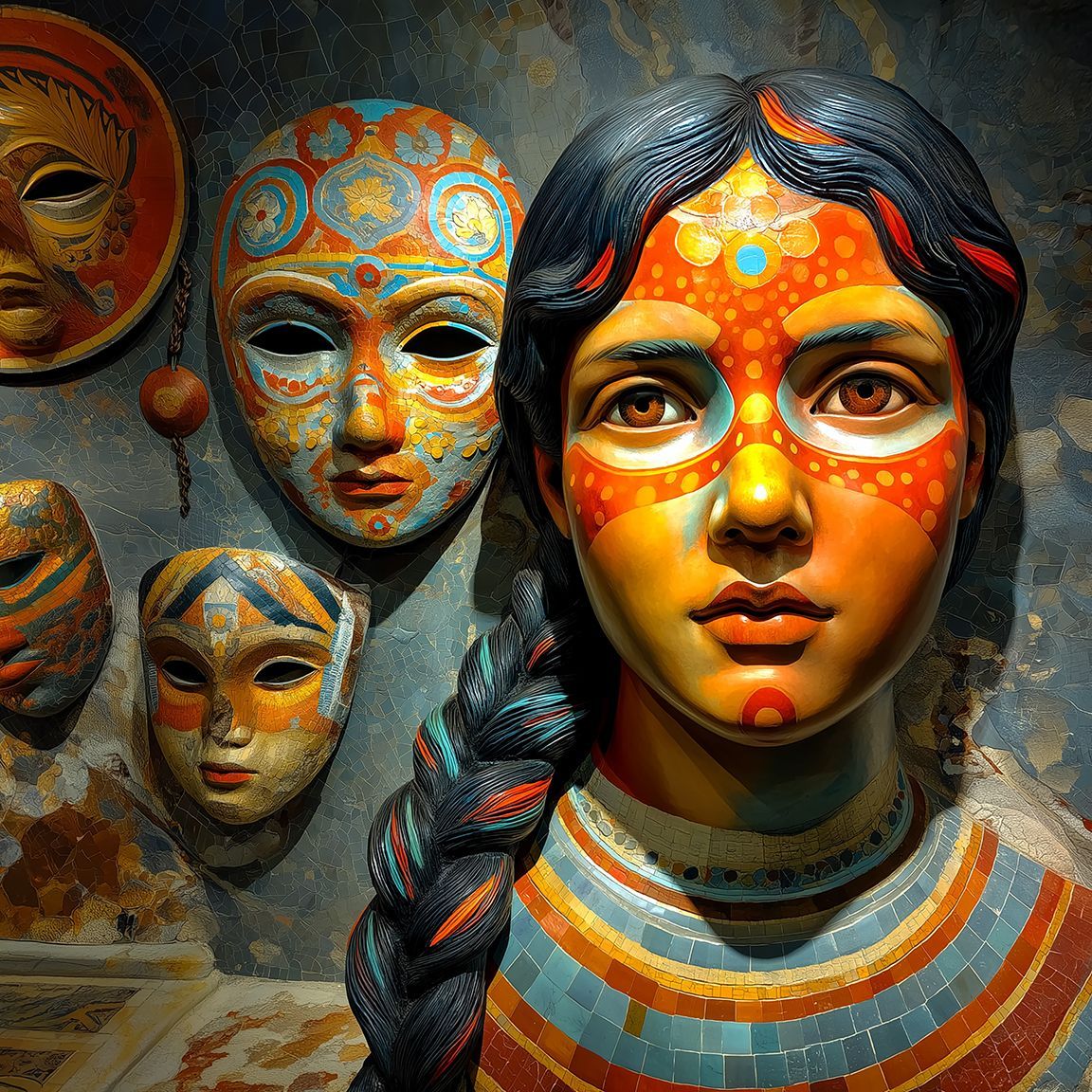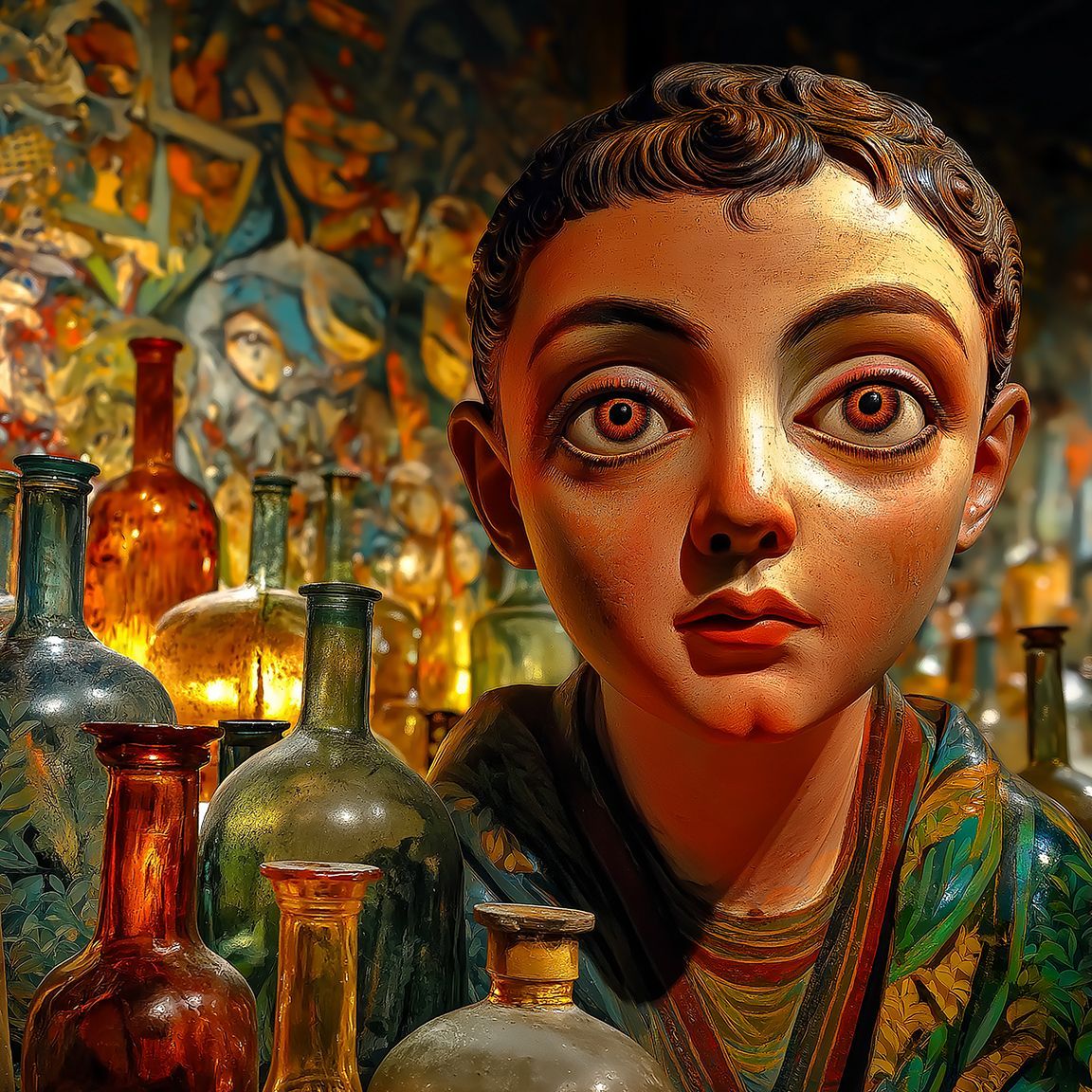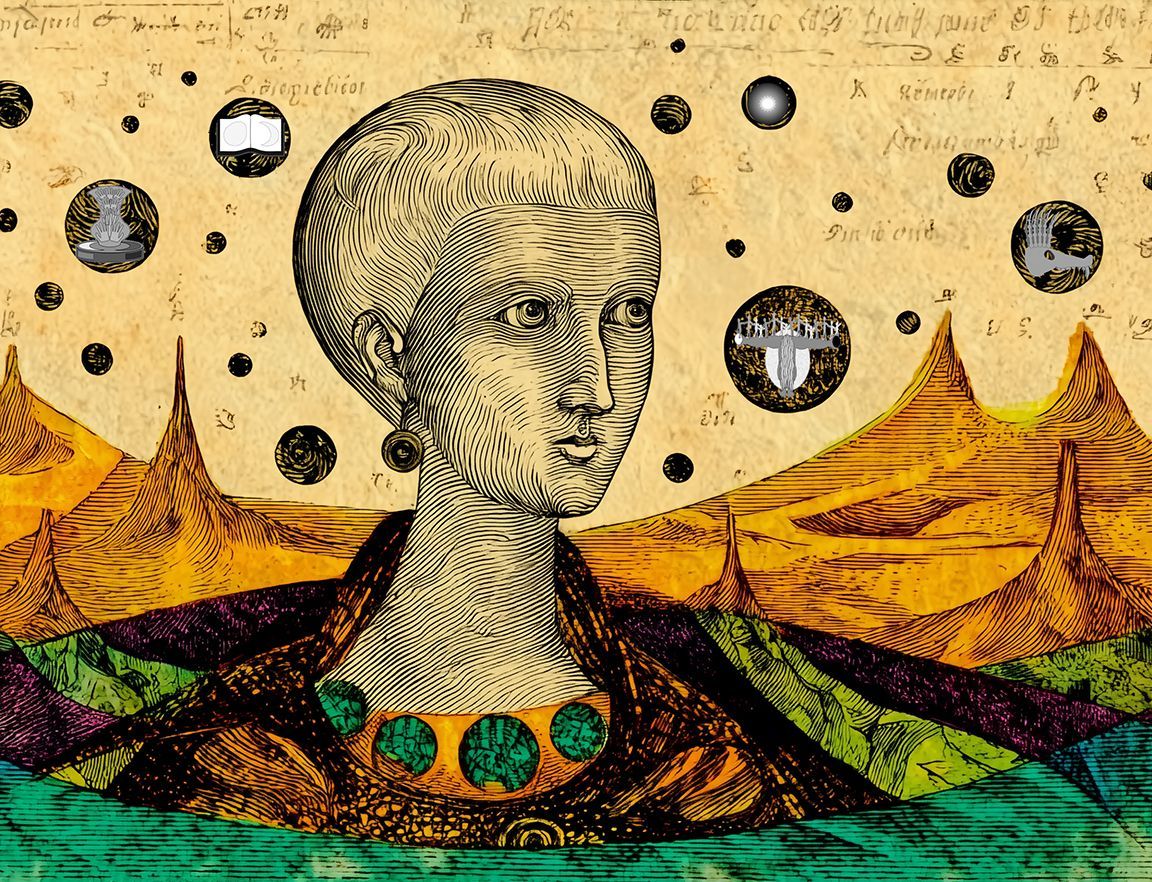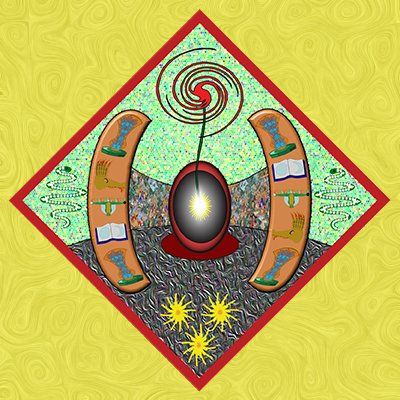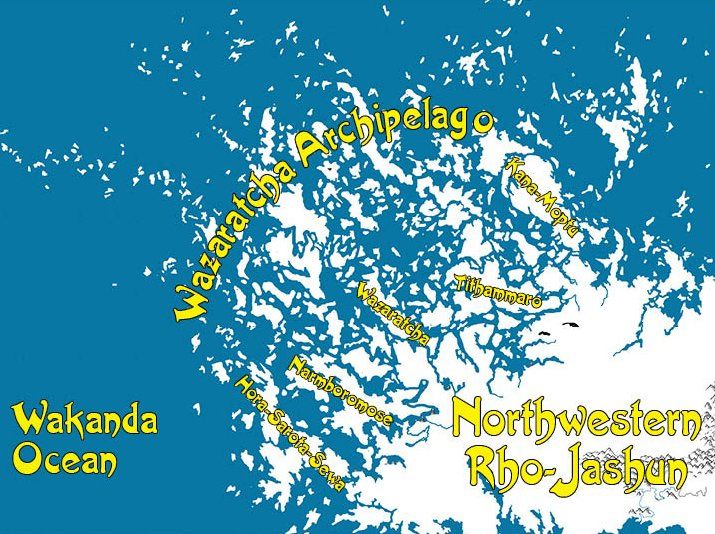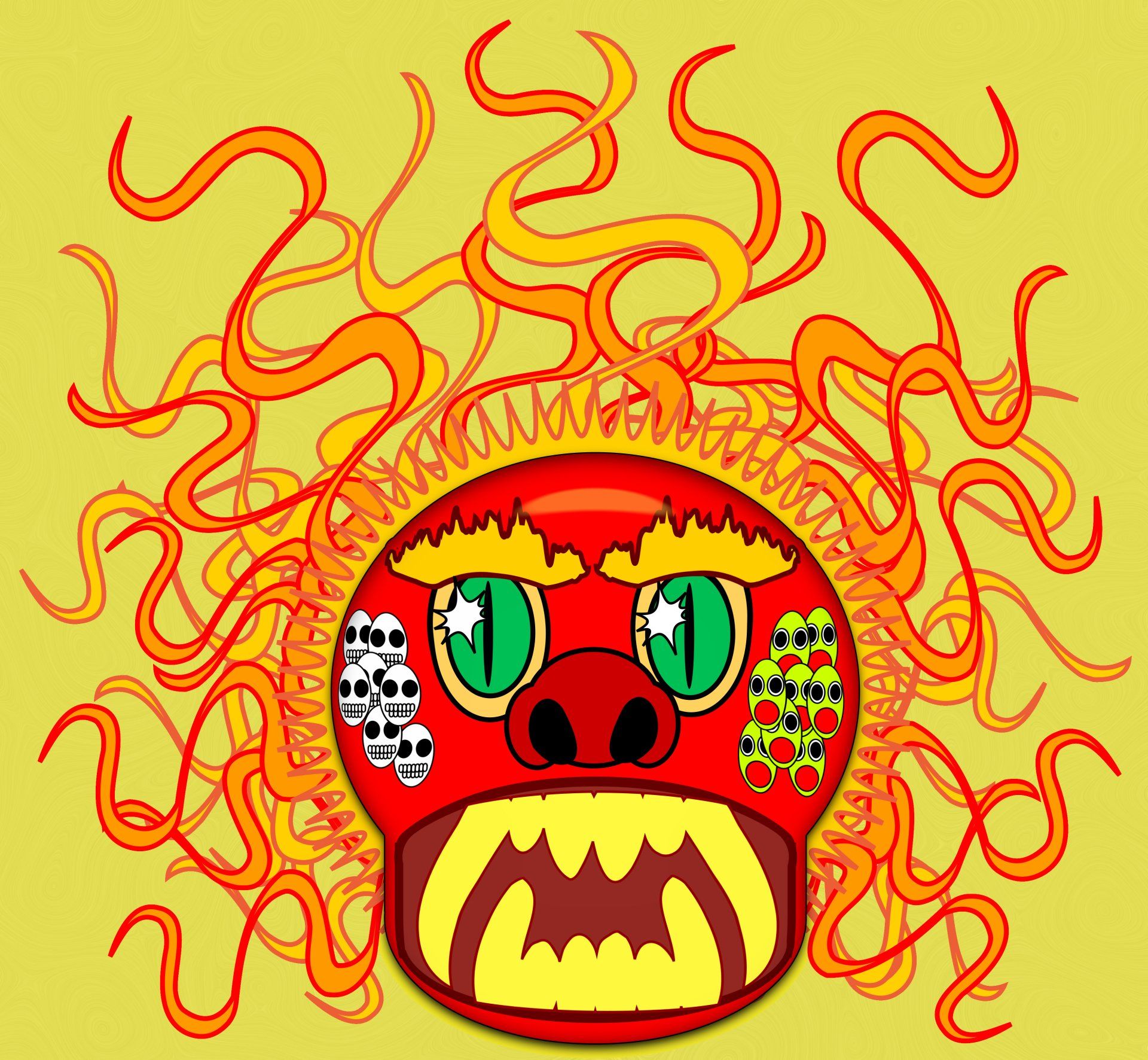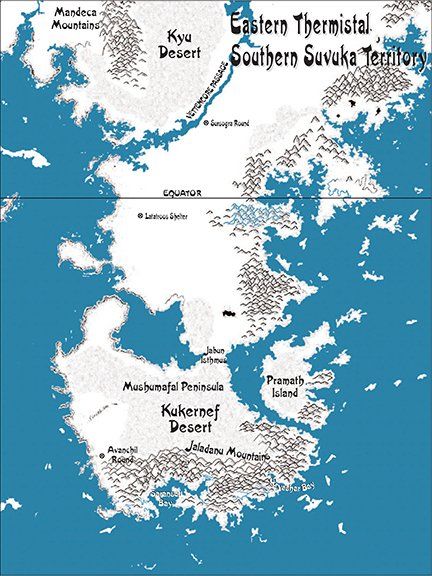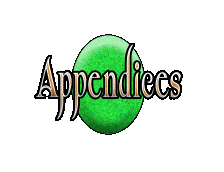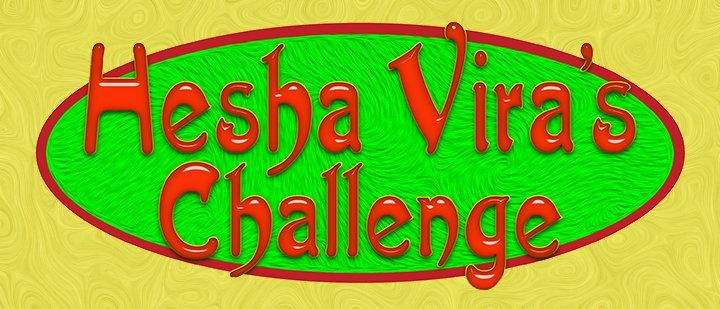
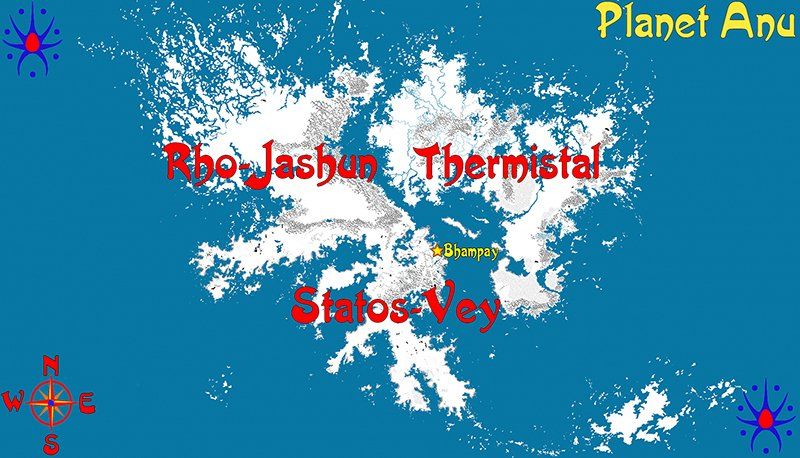
Shuna-Shapta
This is a commemorative image of Shuna-Shapta, standardized long after her death, that embodies her honoured Estate as an Operant. While there were other Operants in the pre-Tatchlan period, she distinguished herself as possessing singular ability and becoming the bridge, allowing the infant Thakadush-Satwa to attain Her Ripe Adulthood and Full Regality. While not an Icon, this image was accorded great honour in Mantle Establishments throughout the Primary Epoch and again in the Secondary Epoch.
At this young age, Shuna-Shapta was caught up in the unexpected acceleration of the Tatchlan Master's previously sedate program to prepare Tolku society for the arrival of the Cluster-of-Clusters Nation, led by a Majastas. At the same time, she witnessed the demise of the previously dominant Menem religion, which historically always opposed the Tatchlan Masters. Her growing awareness, coupled with the unexpected arrival of an infant Majastas, Thakadush-Satwa (see above), fortified her as she descended to a depth beyond the Invocate programme as an Operant. Linked to the infant Majastas, she met the challenge of the impairment of one of the Tatchlan Faces, Hesha Vira, who challenged the entire Tatchlan enterprise.
Great affection and respect accompanied her memory throughout the Primary Epoch she helped to found. Over two hundred and fifty partial or complete surviving theatrical works celebrate various aspects of her life coming down to the present day.
She attained eight and eighty years old and died over two thousand andas from her native city on the western coast of Statos-Vey at the Angakut Channel. Her Majastas Thakadush Satwa set up a monument of six figures on the site. This early icon was crafted initially at the same time. This memorial remained a beloved destination throughout the Primary Epoch. While some documentation referring to it survives, many design aspects remain ambiguous. The meaning of the middle four figures, two mirrors of the other two, appearing from the icon to differ in proportions and non-sequential ages, is the subject of ongoing debate. It may be noted that Nu appears above the group as a Blossom, and the Uluvatu Masters icon is beneath them. What is agreed is the two seated figures at either end represent her holding the infant Majastas.
The Second Suvuka Onslaught saw the Suvuka destroy and remove all traces of the original memorial. In the Secondary Epoch, the seventh imperial way radiating out of Danam Yeldic Upata-Shepsus ended at the thirteenth provincial centre on this ancient site. Upon the decree of Yeldic Majastas Upata-Shepsus V, it was named Shuna-Shapta in her honour. The port and land were modified to resemble her beloved Bhampay. Based on this icon, six monumental statues bearing her name now stand on the curving seawall of the port. The provincial centre of Shuna-Shapta has become known as second only to Bhampay for its rich cultural life and many celebrated artists and artworks.
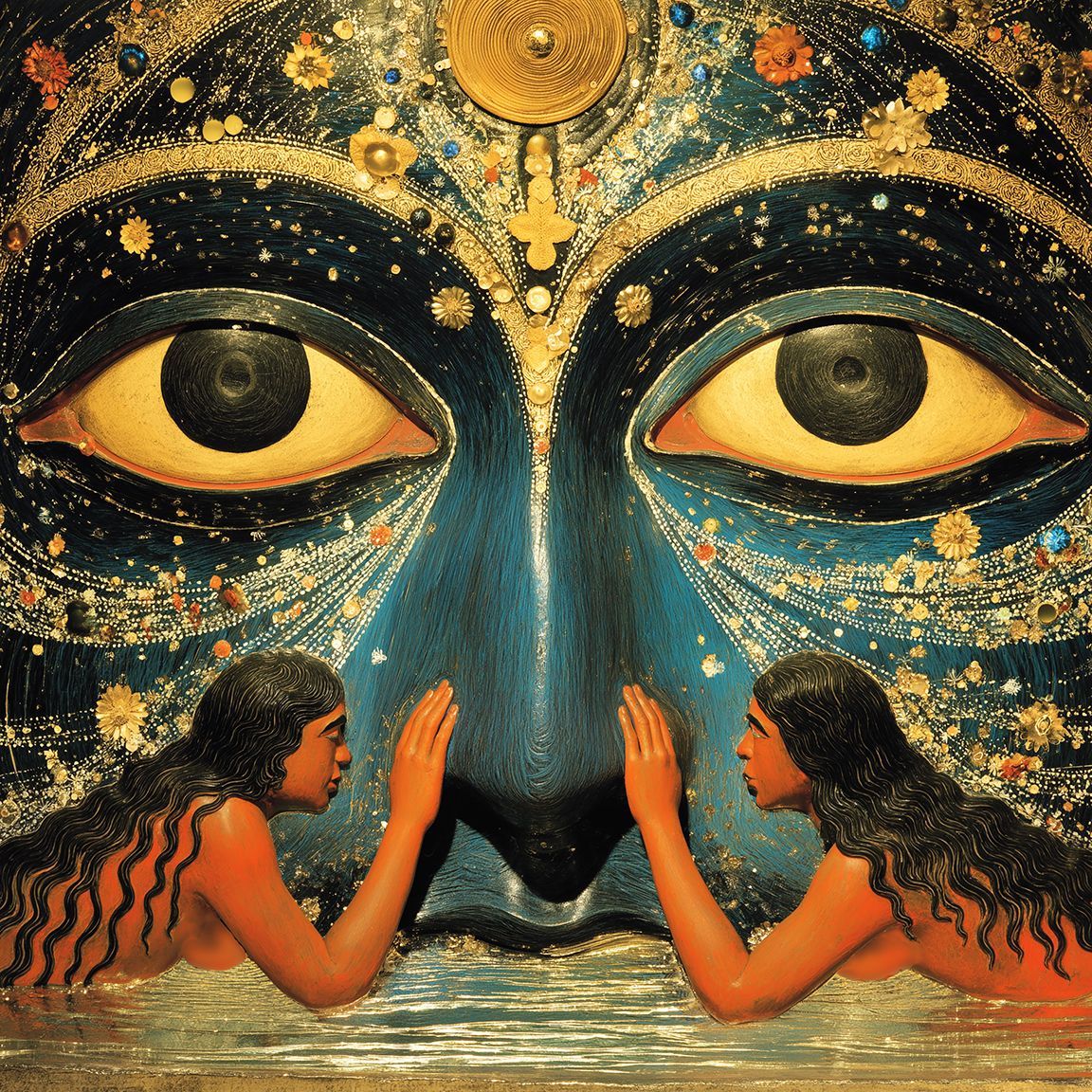
Touching Alatanda
Pictured is one of many modern monuments in an Ablution Academy in the port city of Bhampay, dedicated to the moment Shuna-Shapta and the infant Majastas Thakadush-Satwa touched the face of the first Principal Face of the Tatchlan System, Alatanda. These sculptures often stand in pools of water, symbolizing their presence within Amanavata, the watery realm widely believed to be the outer layer, which contains Raw Life and the Living Orb.
While examples may be found elsewhere, both on Statos-Vey and within certain Living Mountains of the Koru’s Cluster-of-Clusters Nation, they are far outnumbered by those depicting this subject in the ‘Sister City’ of Bhampay. While it is true that both lived in this city at the dawn of the Primary Epoch, this image appears to resonate strongly with the subjects of this deep, culturally rich environment.
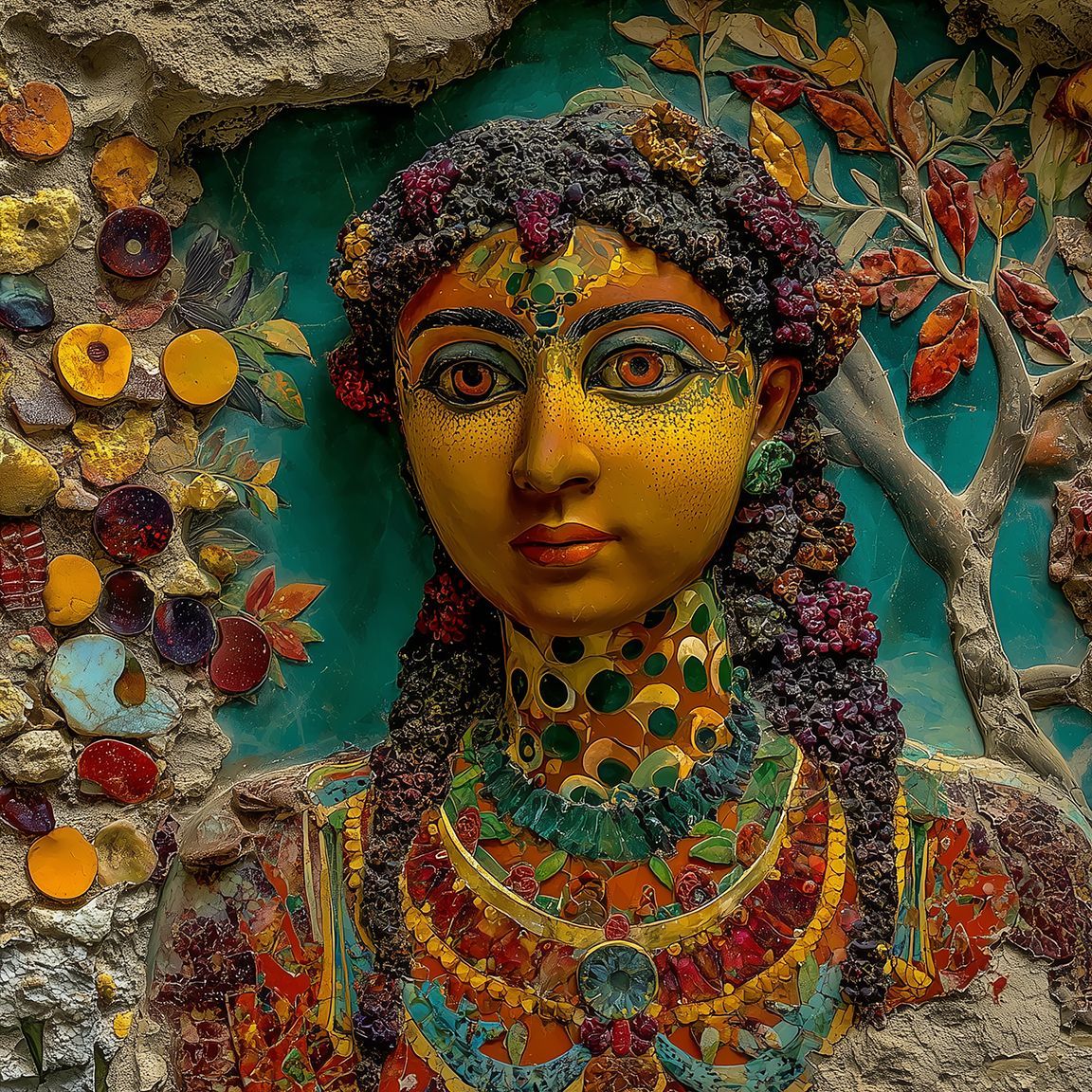
Master Kanla (Shuna-Kanla)
This is Shuna-Shapta’s First Mother (Ama), meaning she is her birth mother. Master Kanla is also First Ama to Shapta’s sister, Shuna-Vovans. Beyond the Enclave sheltering her Shuna pre-cluster, she is known as Master Kanla; she is named Shuna-Kanla within her Shuna pre-cluster.
At the beginning of this novel, she is thirty-two years of age. She is tall and muscular, and her skin is a yellowish copper, with small blood midge spots. Her eyes are brown with yellow accents, and her hair is a mix of red and black, worn in long braids. Her eldest daughter, Shuna-Shapta, shares her Floral Aroma Accord within Tatchlan. Their Aroma Accords paint mothers’ and daughters' bodies in bright orange and dark blue streaks. Shuna-Kanla is one of her pre-Cluster’s thirteen Maja, as is her eldest daughter.
Master Kanla is rooted in the old order of
Tatchlan Masters, those who have laboured for hundreds of generations on the slumbering version of the Living System of Tatchlan. She grew up surrounded by the ancient port city of
Bhampay and its population of well-established Masters.
Master Tanas
Unlike Shuna-Shapta and her mother, who were born into a pre-cluster in the majestic port city of Bhampay, Master Tanas had humble origins on Vaucalo Island on Lake Yandu, north and west of Upata-Shepsus. As a child, he displayed remarkable aptitude with the Master’s ‘Depth Tests’ and was brought to Bhampay for extensive training. After attaining Ripe Adulthood, he completed his Invocate Training, achieving the title of Master.
At the beginning of this story, Master Tanas was forty-one years of age. He had a large square frame and was known for his booming voice by his students. His skin was dark copper, his eyes reddish brown, and his dark red hair was worn in many thin braids. He had the Sweet Aroma Accord, meaning his large body was streaked in peach and pink within Tatchlan.
Upon his arrival in Bhampay, he distinguished himself by his work within the still relatively calm Living System of Tatchlan. He gained increasing depth within the Tatchlan Master community and thus came into close association with Shuna-Shapta’s mother. In time, Master Kanla ensured her respected peer, who had built a reputation as a mentor and advisor of gifted youth, took over her daughter’s training when Shuna-Shapta excelled beyond most of her fellow students in ‘Descending the Depths.’ As this story progresses, Master Tanas becomes Shuna-Shapta’s primary guide in navigating several challenges on the Skin of Anu within the Living System of Tatchlan.
Master Tanas was well-regarded by his contemporaries but attained real fame after his death. He was the subject of numerous epic prose, extended songs and theatrical works for his guidance and friendship with Shuna-Shapta throughout the Primary Epoch. In the Secondary Epoch, a provincial centre founded on the southern shores of his childhood home, Lake Yandu, was named Tanas in his honour.
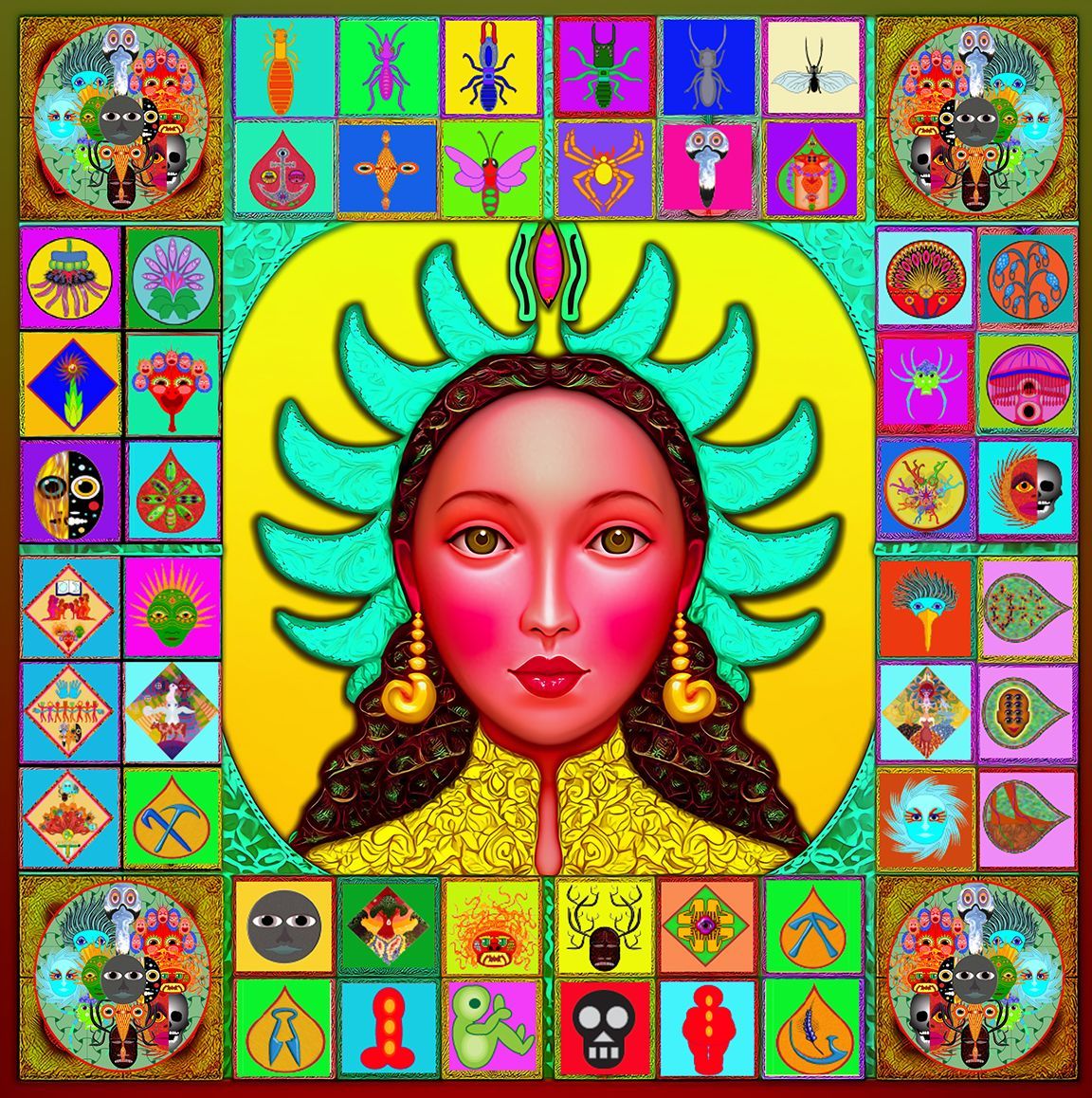
Shuna-Dana
This is Shuna-Shapta’s second mother, whom she addressed as Second Ama. Shuna-Dana was the First Ama (birth mother) to Shuna-Vurupta and ‘little’ Shuna-Samshep. While a Full Invocate in her own right, Shuna-Dana is seldom referred to as ‘Master’ Dana, primarily due to her type of ‘Estate’ or Invocate Speciality, working the Tatchlan Cubes, mainly being performed in solitude. The term ‘Master’ had become a public honorific for Invocates at this late point in the Duamang Age.
At the beginning of this tale, Shuna-Dana was thirty-seven years of age. Unlike her beloved wife of their Circle-of-Eight, Shuna-Kanla, she was short and stocky with a notably attractive, broad face. Her glowing copper skin had light accent markings but fewer blood midge patterns than most. Her eyes were golden brown, and her dark brown hair was worn back off her face.
She had a
Sweet Aroma Accord. She and her wife shared six husbands, and their circle-of-eight contained four children, including the eldest, Shuna-Shapta. Along with her wife and their circle’s eldest daughter, she was one of thirteen
Maja residing within this pre-cluster.
Although the elder, Shuna-Dana, was not the Anchor of her circle, she joined with Shuna-Kanla to form a two-Maja Circle-of-Eight. They planned to intensify their aromas to incubate more Spokes of the Cluster Wheel. While the birth of more Maja was a reasonable expectation, the unforeseen result was the emergence of a child who would become a rare Operant and the Regent to the new Majastas Thakadush-Satwa. While a potent Master in her own right, Shuna-Dana welcomed the fact her intimate, Shuna-Kanla, exceeded her in depth, and their daughter Shuna-Shapta was of far greater depth than either of them.
While most of her daughter’s generation of Invocates gravitated towards employing Living Instruments, Shuna-Dana determined the more ancient practice of using the Tatchlan Cubes would be her specialty. She became a Master of this time-honoured discipline. During Hesha Vira’s challenge, her unique perspective was of great value within the Conclave of Masters.
Shuna-Vurupta
This is the commemorative image of Shuna-Shapta’s brother. As with his famed sister, it was formalized late in Majastas Thakadush-Satwa’s reign and incorporated into the later Thakadush Mantle Museum and throughout the Tolku’s Cluster-of-Clusters Nation. In the year 1270 of the Duamang Age, he was two years her junior at the age of thirteen. His First Ama was Shuna-Dana, and he had lived all his life in the Shuna pre-Cluster in Bhampay. This boy inherited his birth mother’s beauty, with lovely, long, brown hair forming continuous waves and ringlets. His skin was a dark copper with bronze accents, and his eyes were a rich brown. He was also known for his elegant frame and long, delicate fingers.
This comely lad was surrounded by adults and siblings with distinctive abilities and a formidable drive. By the time of this story, he was struggling to find his focus and direction. When he does, it challenges the rest of his siblings, particularly his elder sister, Shuna-Shapata. He found himself drawn to a mounted cast of a Suvuka paw print on the wall of their Enclave.
This led him to initiate studies into the creatures. While long defeated and no longer a threat, many Tolku still found their existence troubling. With the support of his First and Second Ama and eventually his elder sister, he travelled to Thermistal to find his purpose within the emerging institutions, studying them. From afar, he even interacted with Sinkin, a Suvuka featured in this novel. Long after this tale is done, he joins a brilliant generation that laid the foundations of what will eventually be the Suvuka Domestication Ministry, whose icon is presented here.
Shuna-Vovans
This is Shuna-Shapta’s younger sister. She was twelve years of age at the start of the novel. Like Shuna-Shapta, her First Ama was Master Kanla.
Despite being a year younger, Shuna-Vovans was already taller and broader-shouldered than her lovely brother, Shuna-Vurupta. She had dark brown eyes, long black hair streaked with red, and copper skin with lighter copper accents. Her most distinctive feature was her voice, which was musical in quiet settings but, on stage, she could amplify and alter it for dramatic effect. She was known for unconsciously assuming stances and poses while gesturing extravagantly. From early childhood, Shuna-Vovans has displayed a passion for the theatre. At a very young age, she began mounting performances of known works and her own compositions, including designing the stage and costumes, earning her the nickname ‘Flair.’
Subsequent to the events of this novel, Shuna-Vovans would distinguish herself in the theatre. While young, she became known for playing a wide range of characters and was well acclaimed. She earned greater fame in her later years, becoming an accomplished playwright. She wrote three plays that explicitly tell the story of her life with her famed sister, Shuna-Shapta and her link to Majastas Thakadush-Satwa. She also wrote a play about her brother Shuna-Vurupta’s aspirations and accomplishments within the Suvuka Domestication Ministry. She travelled to Thermistal to oversee a production of this play against the dramatic backdrop of the Western Wall of the Vettencore Passage.
To our great good fortune, all of these works were undergoing restoration outside the Mount Midin Amassment at the time of its destruction and have thus survived to this day. While there are other authoritative accounts of these events, these plays are a popular part of the Ablution Academy circuit and contain many details about these personages and their lives found nowhere else. Shuna-Vovans continues to be a beloved figure in popular culture, and this rendition is modern, drawing on many ancient and most-ancient antecedents.
Shuna-Samshep
She was eight years old at the start of the novel and Shuna-Shapta's youngest sister. Like Samshep's elder brother Shuna-Vurupta, her First Ama was Shuna-Dana. Her nickname among her siblings was ‘Little.’
Shuna-Samshep inherited her First Ama’s beauty, although it would not blossom until long after this tale is done. Like her birth mother, she was thickset with short brown hair and red-brown eyes. She had glowing copper skin with only the subtle accents of a pre-Adult.
During this story, her Depth Test results at school clarified what her pre-cluster always believed. She possessed a keen curiosity and a dispassionate eye for how life unfolded around her. Even before she attained Ripe Adulthood, she distinguished herself in several branches of Animal Husbandry before focusing on the twin disciplines of Healer and Soother for the Tolku. Later in life, she would become a prominent Healer working for the Wellbeing Ministry in her native city of Bhampay. In the present day, it is not uncommon to find small busts such as the one pictured here within the precincts of the Pacifier Bureau. She is often shown with medicinal bottles, even though at the age she is shown, she had yet to develop this focus.
Tolku: Seti

This is a modern faithful reproduction of what the Jefaka would have looked like at the end of the
Lesser Era of the Primary Epoch. The golden sails are a designation for a treasured legacy craft known to history.
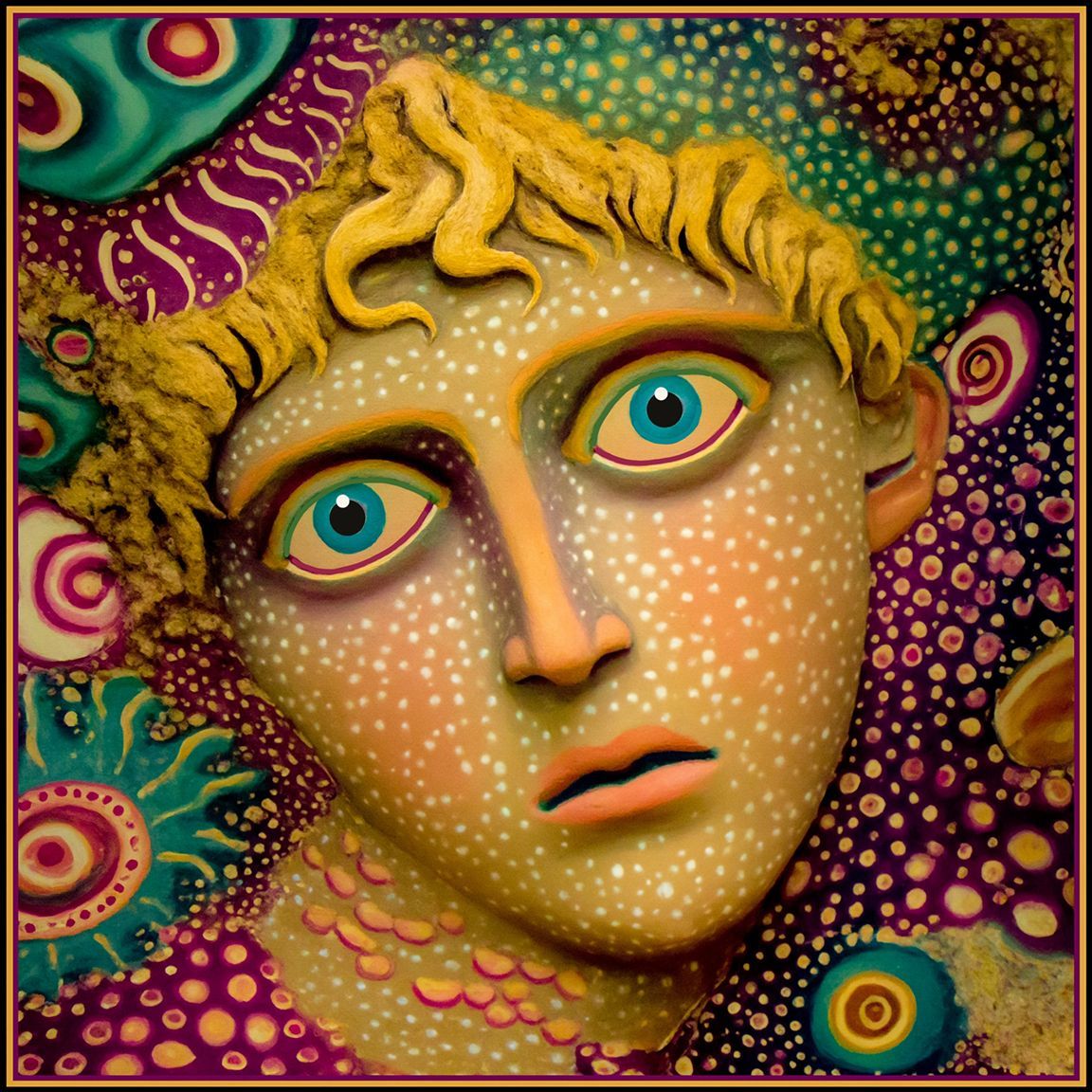
Seti
This boy is twelve years old at the start of this story. Once cleaned up, he appeared to have pale, yellow hair and ashen, blue-gray eyes. He had a slight frame and blanched peach skin, covered in a subtle white-and-beige spotted pattern. As with most northerners, these were only visible when he was agitated. Despite his appearance, he had a commanding voice and surprisingly strong bearing. At such times, his eyes could burn with dramatic intensity.
Unlike most other characters in this tale, Seti was an uprooted and disturbed waif who, by good fortune, managed to find Captain Emedin’s ship, the Jefaka, before succumbing to the elements. He was plagued by several mental disturbances, which also fuelled his exceptional mind—having grown up in a backward settlement, the traditional Menem religion informed his imagination.
It is later determined that he is a Raw Sensitive. This endowment, mixed with his mental ailments, makes for a strange brew inside his head. Due to his struggles with feelings of insignificance and fed by hallucinations, he recast himself as the chosen voice of the Four Generals of the Air. His face shone when possessed by these visions, and he presented himself as a prophet.
Despite failing as a ‘Storm Invocate,’ he remained on the ship, initially as a valued Dream Reader, and then acquired other skills, particularly tying shipping knots. While becoming well-fed and expanding his knowledge in many areas, his delusions continued to manifest in waves. Thanks to the captain's support, along with other crew members and an Adept who came aboard to tutor him, his combined genius and insanity grew into an influential figure capable of swaying crowds and tapping into ill-defined anxieties. These powers drew several crew members to become his devotees and caused a rift on the Jefaka. Dramatic events on land were recast as miraculous signs, and stories of his actions preceded their arrival in ports. When he landed in Bhampay, he was on the verge of following the dramatic, short-lived career of an ancient Menem Prophet named Zitapermas.
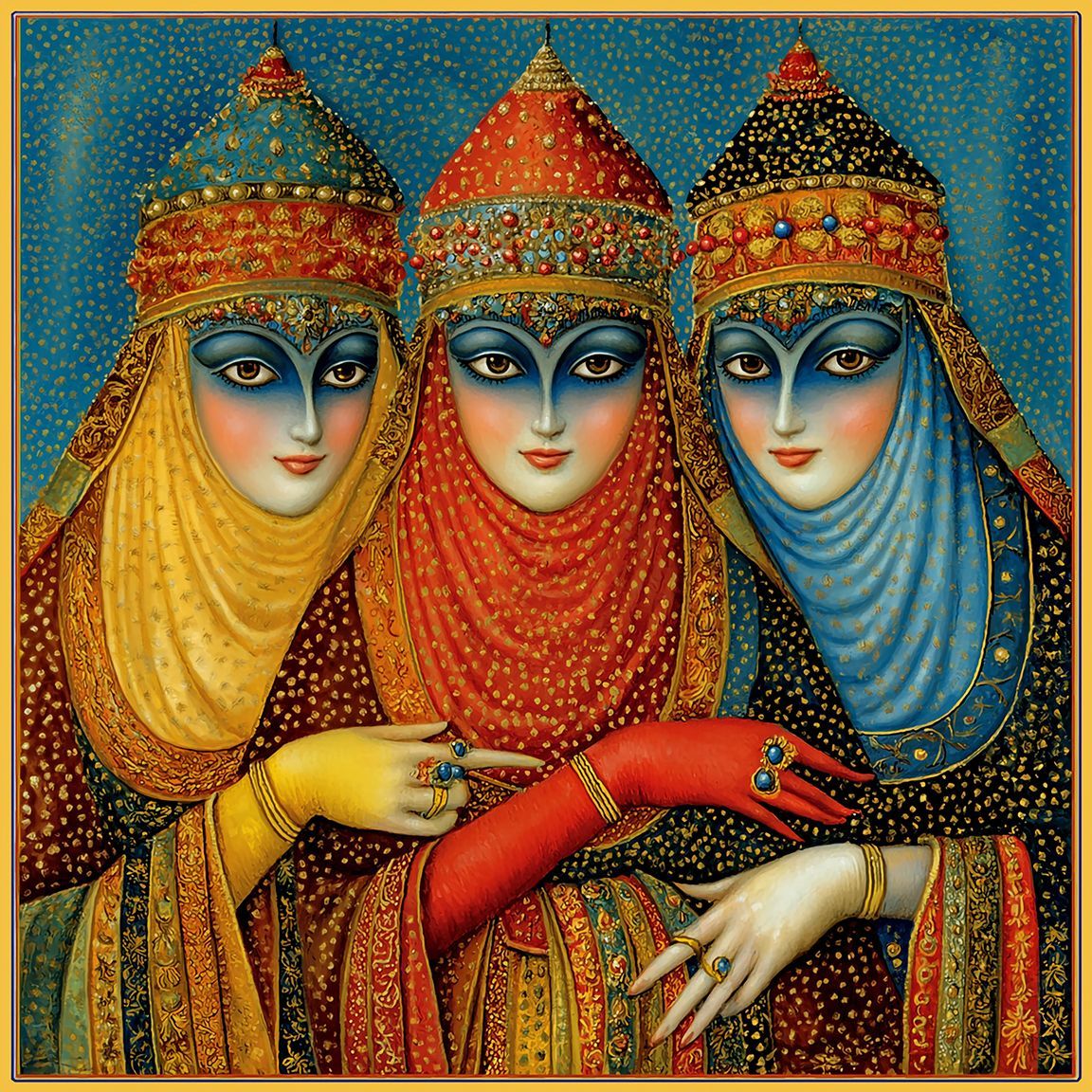
The Three Afflatus
We meet these figures in the city of Hushukrath on Tich-Tushmul Island. They appeared as shocking innovations to Seti and Dine. Still, they had been well-known additions to the ancient play ‘The Epic of Ranvartawan’ for nearly ten years before this performance, particularly in urban centres on Statos-Vey. Dine was correct to see their inclusion in this play as the work of the Tatchlan Masters. The ‘Afflatus’ were a trio of mythical figures embodying the creative impulse and sudden inspiration. As such, these beings were of ancient origins within the Alpanum Religion. Orange Afflatus, Red Afflatus and Blue Afflatus had characteristic aspects and influences.
Like many other divinities and demigods that Seti and Dine saw on altars throughout the city, they had persisted in the south, untouched by the First Suvuka Onslaught. Their familiar appearance in the play was just a pleasant innovation to southern audiences. Thus, the Masters had little difficulty weaving them into the Epic. Their narrative, halfway through the performance, transformed the play from a dour morality tale into a hopeful prediction of a new life freed from ancient fear and darkness. Seti and Dine did not stay long enough to hear this message.
Versions of this modern rendering may be found in most Mantle Establishments, testifying to their enduring appeal.
Seti and the Bowvow Tree
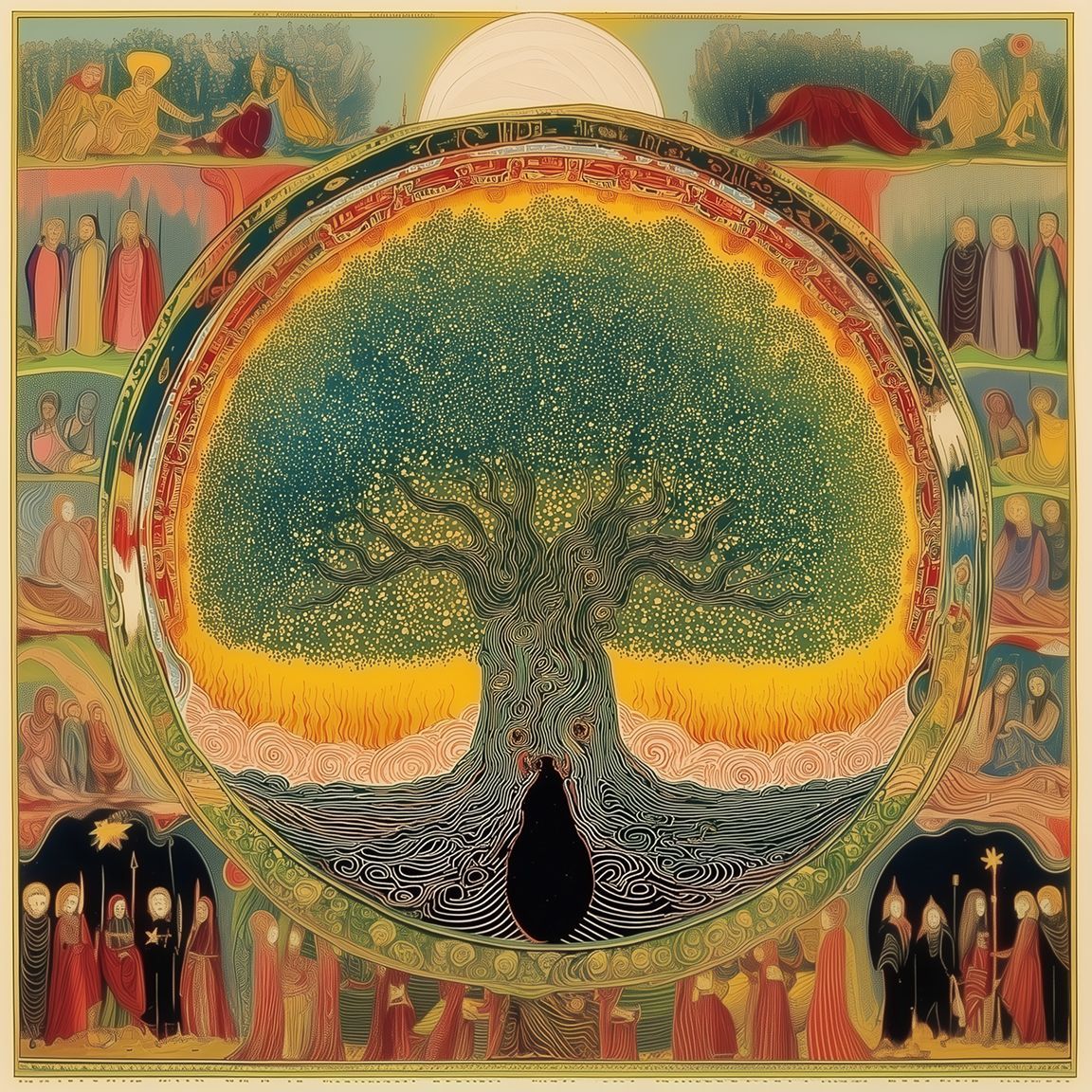
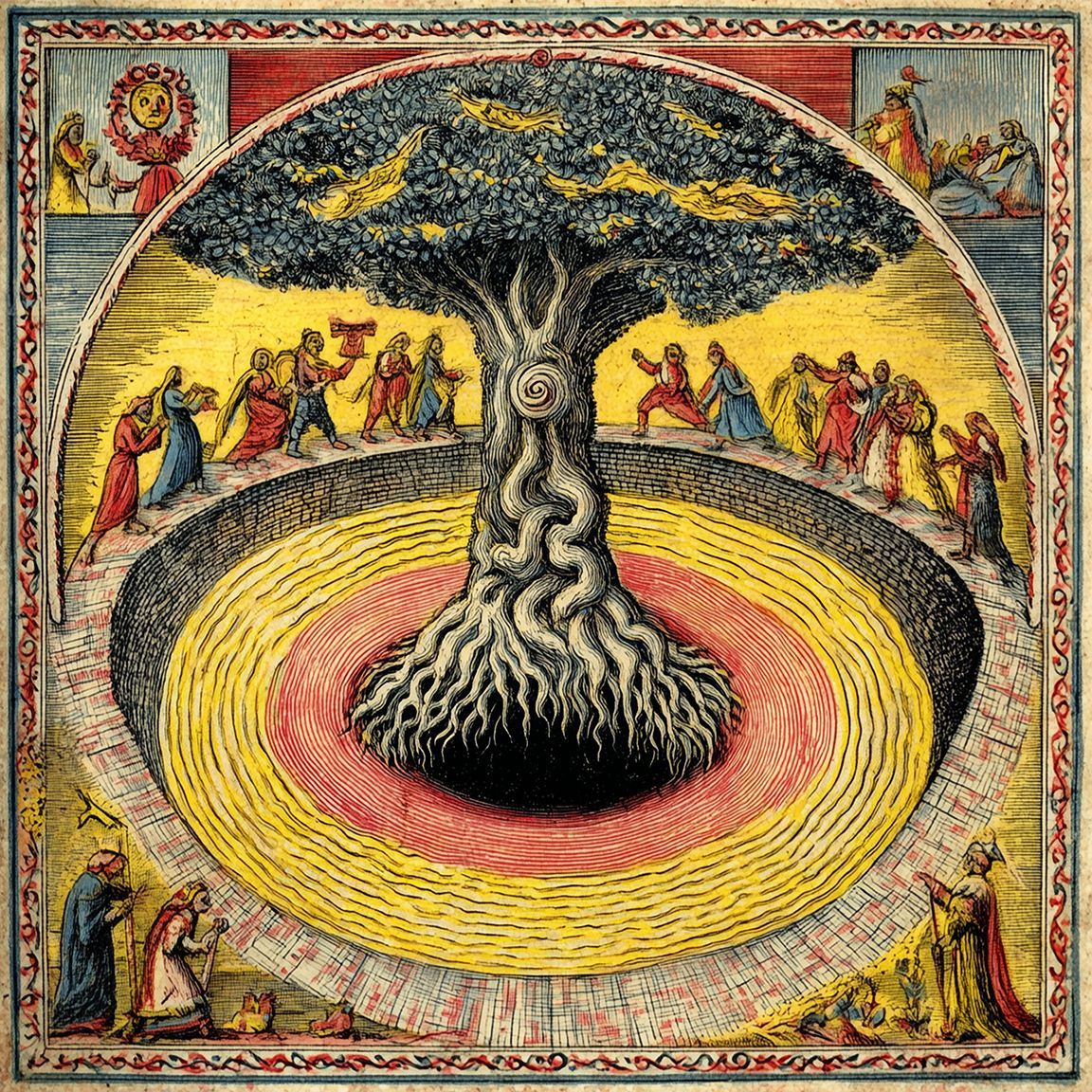

In the southern port city of Churtah, Seti witnesses a body being offered to a giant Bowvow Tree. These are but three of many examples of ancient and modern popular art depicting this tree being. The Bowvow is a unique entity for many reasons, including one such rendition being found to ‘Summon’ and thus converted into an Icon.
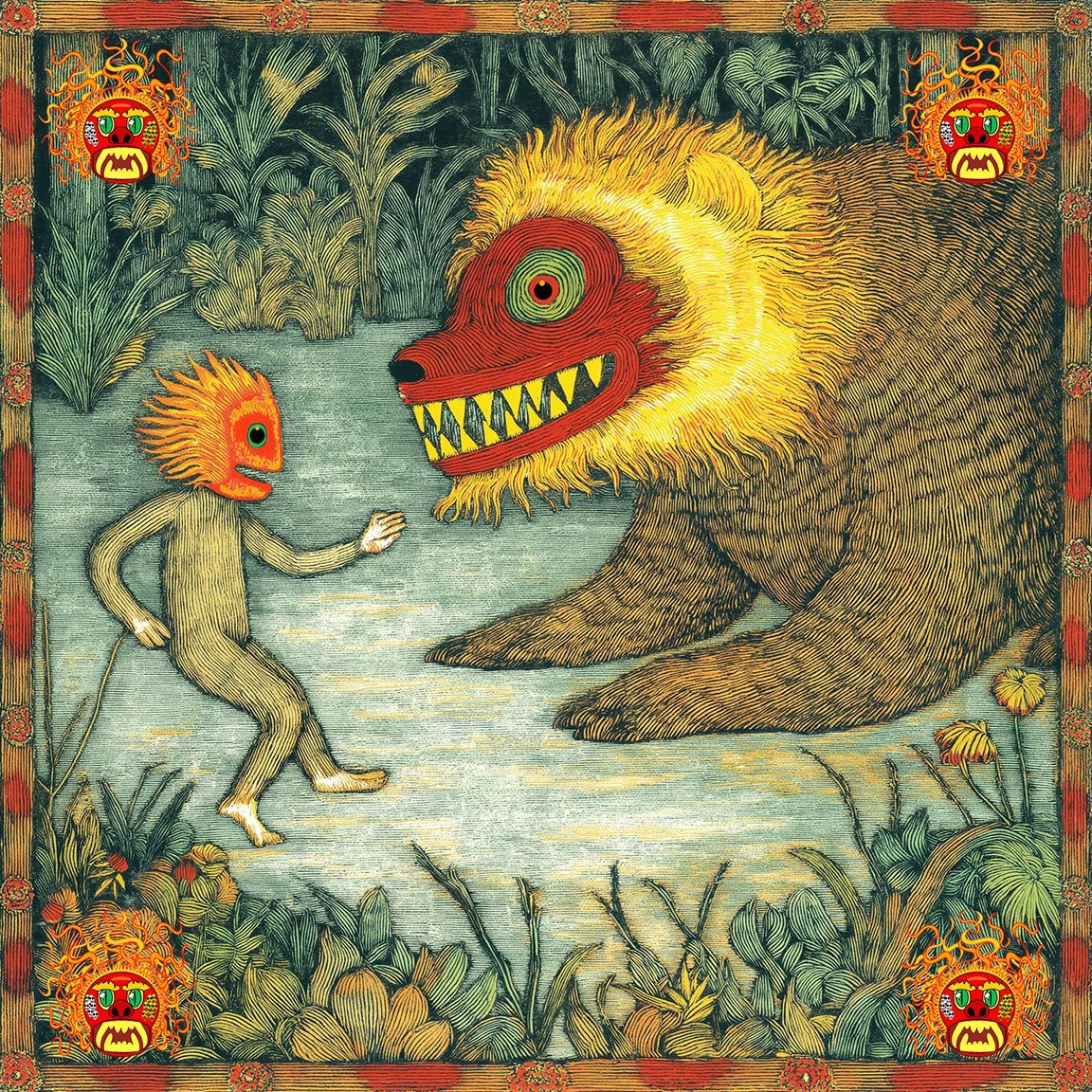
Seti and Sinkin
This was a highly significant event for both of these characters. For the young Suvuka named Sinkin, it was another step toward developing a relationship with Hesha Vira. For Seti, it both illustrated his genius and fed his prophetic delusions. This image is one of over four hundred found in the often obscure Treasury texts, spanning various periods of the Greater Era of the Primary Epoch, and it illustrates what became one of a set of symbolic tropes. Seti dancing before the Suvuka was of enduring interest, and there are extended treatises on the significance of this historic event.
Shuna-Vurupta, who would have his own encounter with Sinkin near the end of this novel, interviewed Seti before returning to the Vettencore Passage to do his part in laying the foundations of what would become the Suvuka Domestication Ministry. He was a strong proponent of the theory that the Suvuka, by their actions and subsequent study of them within the Living System of Tatchlan, saw the face of Hesha Vira in the Tolku. This insight significantly shaped the ensuing history of the Tolku and Suvuka.
Within the subsequent Tolku Cluster-of-Clusters culture, the image of both faces being transformed into versions of Hesha Vira holds particular fascination for later mystical narratives. The majority of such images focus on this moment, and some of what remains is the most challenging of the Treasury material on the subject. Except for Shuna-Shapta, the Operant who bonded with the first Majastas, this event was the best-known element of the story to the general population throughout the Primary and now the Secondary Epoch.
Seti’s meeting with the Four Generals of the Air
The image refers to a vision Seti had on the island of Avatay after the meeting with the Suvuka we know as Sinkin. It deliberately shows him as perhaps ten years younger than he was at the time to emphasize his terrible ignorance and vulnerability in the face of these powerful delusions. The intention was to elicit pathos for his terrible childhood. This is further emphasized by his tiny raft tilting on a boiling sea while the ‘Four Generals of the Air’ oppressively tower over him. In this vision, he is remonstrated for growing away from their absolutes. One of them, Tarunachit, the Devastator and Thyma warrior of the Menem, declares. “Prophet! We were dispatched to find you. You forget your mission. You allow yourself the imprudence of distraction. We are to ensure you do not lose sight of your calling!” Pictured is one panel from a series of montages depicting Seti's life at the Provincial Centre of Shuna-Shapta. This location was so named because both Shuna-Shapta and Seti perished along with others in a boating accident in the year seventy-three of what would come to be known as the Greater Era of the Primary Epoch, just off the coast from what would become a port city established in part in their honour by Majastas Thakadush-Satwa. Six monumental portraits of Shuna-Shapta were planted on a curving wall in the harbour.
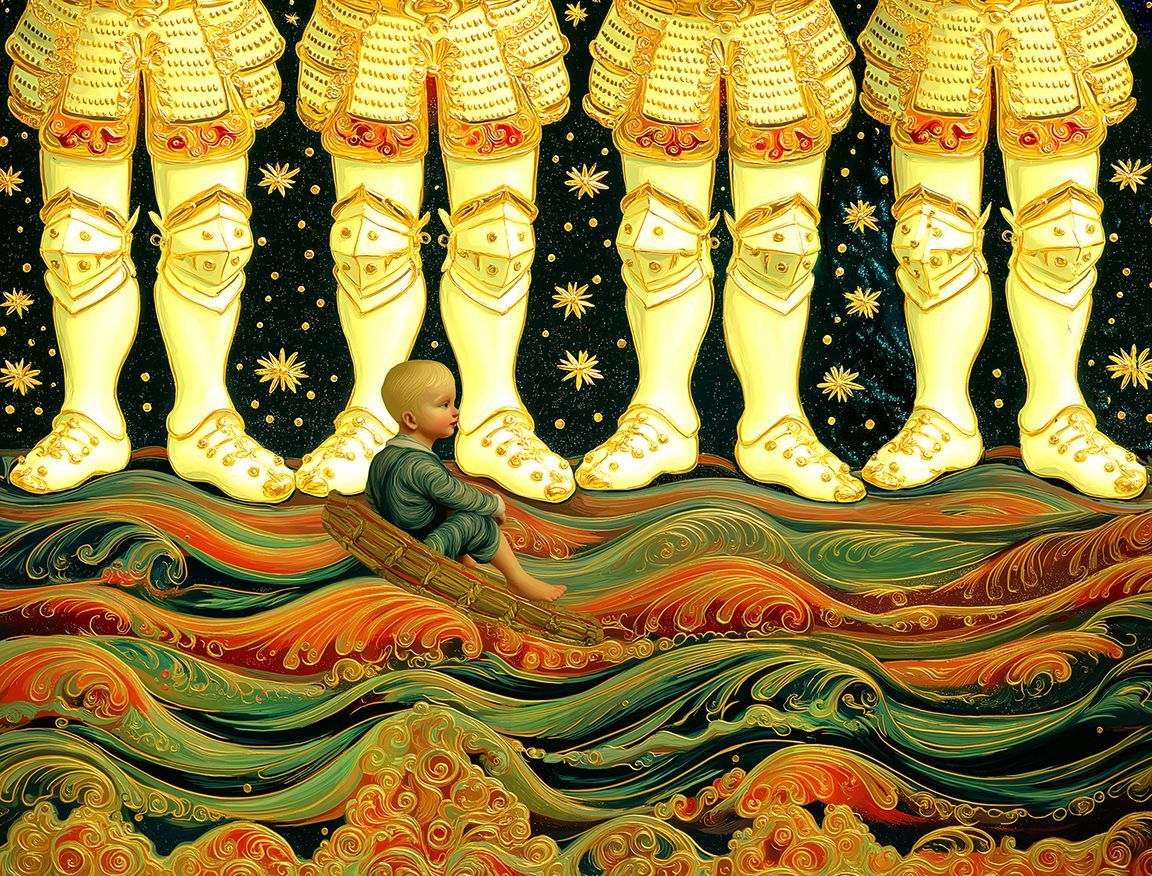
There are records of a small museum also being established here to house documents and artifacts from Seti’s sixty years of life. All this was destroyed during the Second Suvuka Onslaught at the close of the Primary Epoch, where the beasts for the first time entered Statos-Vey. While the contents of Seti’s museum were lost, descriptions of the original artworks survived, and this is one of many faithful reproductions done in the Secondary Epoch.
Hegev
This hardy senior came from a challenging part of northern Anu. She lived much of her life on the easternmost portion of the Wazaratcha Archipelago, on the island of Kana-Moptu. This island was also known as the ‘Eastern Gate.’ This region was subject to the terrible Tharapura Ocean, called ‘The Black Maid.’ It was known for its frigid waters and many frightful storms. When she entered our narrative, she was sixty-four years of age. She was of moderate stature with short, light blond hair and grey eyes. She had a soft voice with a unique resonance, making everyone wish she would keep speaking. When we met Hegev, her pale northern skin wore a succession of Nu burns from her time in the south.
The strength of her faculties and the broadness of her mind meant Hegev chafed at her isolated island's smallness, backwardness, and inward-looking nature. She eschewed her contemporaries' minor domestic roles and fashioned a life of sorts as an academic, teaching.
At age fifty-six, she left Kana-Moptu as part of a long-standing practice of granting those applying for a ‘Warm Reward.’ This included a passage and a modest ‘Purse’ to allow mature islanders, having attained a measure of status, to travel to other parts of Anu. Tradition stated this would last a year before they returned with gifts and tales of their travels.
Hegev had previously taken training as an Adept, a teaching level seldom employed on the island. With this accreditation, she would be able to support herself over the next eight years. She travelled through Rho-Jashun for a year and then spent the next seven on Statos-Vey. Once there, she went on a pilgrimage to visit the surviving twenty ancient Menem Shrines of Statos-Vey. She was disappointed to find these ancient Menem monuments in a state of neglectful ruin.
Giving up on her quest and weary from her travels, she sought passage home and happened to be in the port where the Jefaka advertised the need for an Adept. Nothing in the notice prepared her for the strange and intense boy she encountered aboard the ship. Despite having taught young people for years, Seti was unlike any pupil she had known. As with others, Seti caused many dilemmas for Hegev. She came from a very conservative background, yet her intellect and studies had taken her beyond her contemporaries on matters of faith. She no longer believed in Menem's core narratives but valued the ‘pilgrimages and shrines’ traditions that had grown up around them. As such, she was more concerned about comfort and continuity for the general population than priestly cosmology. Hegev never hid her position on the state of her Menem faith. She openly told Captain Emedin she was less enthusiastic about the newer rational trends typified by Nebutan than she was about the ancient practice. She extolled the virtue of simple observance and faith to Seti many times.
Despite this, due to her growing animosity towards the Masters and what they represented, she saw Seti as a new incarnation of Zitapermas, an ancient Menem prophet whose dramatic life and teachings significantly changed the face of the Menem religion in ancient times. For him, the enemy had been the Suvuka; now, she found in Seti a worthy opponent to the Tatchlan Masters. From afar, she had followed the career of Nebutan. Despite her formidable analysis and critique of Tatchlan, her legacy was diminishing. She concluded that Nebutan was mistaken in dismissing simple faith and focusing her work on an educated audience, leaving most of her fellow inhabitants of Kana-Moptu behind.
Initially, she followed Captain Emedin’s (see below) directives regarding Seti’s course of study. Like the captain, she deemed it necessary to shake off his childish naivety to better fortify his raw abilities through a traditional mix of research and mental exercises. She even presented him with some of the extensive exegesis and critiques of conventional Menem canons of the Daruadunnal and the Furrumittal. As time went on, she quietly moved him in a new direction without the captain's knowledge. She chose to manoeuvre him toward embracing his visions and seeing himself as a prophet with a destiny to unite the Tolku of Rho-Jashun against the Tatchlan Masters. She may have done this with the best intentions, but it became evident that her efforts became increasingly fuelled by a secret desire to find power through her association with this prophet. Despite lengthy discussions on the subject with Captain Emedin, she saw his erratic behaviour and frequent hallucinations not as signs of illness but of his power as a Sensitive. As such, Seti taught her to become a devotee of his mission.
Note: the antique portrait of Hegev found here is a rare relic from the Mount Midin Amassment. It takes the form of a single page, having come away from its original volume and preserved with great care throughout The Interim. She is identified on the page, which includes enigmatic images of the Four Grand Menem and brief descriptions of their attributes on the page. The other side deals with a completely unrelated subject.

Captain Emedin
We meet this captain of the Jefaka at the same time as we meet Seti. We, in part, watch his progress through her eyes. While she was also profoundly affected by this extraordinary boy, she fell under his spell only briefly. She was the first to suggest his presence and abilities could bolster the flagging fortunes of her Sawlu Clan’s opposition to the Masters. She was also the first to see this as taking advantage of and potentially profiting from his illness. She came to profoundly regret her early conversations with Seti and her part in selecting Hegev as his Adept. Despite her growing frustration and anger with his actions, she never ceased loving the boy and continued to do what she could to aid him, even if it risked her career.
At the novel's beginning, Captain Emedin was forty-seven years of age. She was described as tall, with tan-coloured skin and a rough, weathered complexion. She had short, blond hair, light green eyes, and a powerful voice that cut through all the noise to issue commands.
Captain Emedin was a member of the Sawlu Clan, which maintained Lordship over the
Wazaratcha Archipelago off the northern coast of
Rho-Jashun. This extensive collection of islands near the Arctic Circle had a historic reputation for piracy and lawlessness. An order was eventually imposed through a long period of chaos and conflict, and the leadership settled on the five largest islands nearest the coast of Rho-Jashun. While there were other large islands further north, weather and other conditions meant they only supported small populations, if any. The primary reason for this is that this region is known as ‘The Battleground.’ This is because the
Wakanda and
Tharapura Oceans contend with each other, causing savage conditions much of the year. From west to east, these five primary islands are named the Hora-Sarota-Sewa, also known as The Western Gate (just south of this island is where Seti met the Jefaka), the Narmboromose, the Wazaratcha, the Tithammaro, and the Kana-Moptu also known as The Eastern Gate (the birthplace of Hegev).
Sawlu has a long history extending back to the time of Nallurakon. They say their founding generation was primarily composed of her followers fleeing north after their anti-Tatchlan leader's death. They claim they eluded the Suvuka occupying the continent of Rho-Jashun and settled within the archipelago in the far north. They defeated any Suvuka force attempting to swim to them from these formidable positions. After defeating the Suvuka, they moved south to occupy the more hospitable five islands near the coast. Most Honoured Historians outside this region view these claims with considerable skepticism and say the evidence points to their not settling in numbers in the archipelago until much later, after the expulsion of the Suvuka from Rho-Jashun. The generation of Nebutan, including the young Emedin, were among the first to openly question this heroic myth within the archipelago based on a fresh examination of the evidence.
Emedin was eleven when Nebutan (then twenty-three) arrived on Wazaratcha Island. This dynamic figure profoundly impacted her. Aspects of Emedin’s adult personality were forged in the heady times of this acclaimed scholar’s career. When Emedin was thirty-six and a teacher, her hero, Nebutan, suddenly died. In the ensuing chaos, including claims and conspiracy theories of a southern plot to murder Nebutan and near civil war, she left her old life and signed onto a ship. In the subsequent eleven years, she worked up to be captain of the commercial vessel, the Jefaka. When she meets Seti, she is on her second long haul, known as ‘The Circuit,’ down the western coast of Rho-Jashun and Statos-Vey and up the eastern coast of both lands to return to their home port. The Jefaka is making its third journey along this globe-spanning route.
For much of this tale, Captain Emedin is angry. She joins her Sawlu Clan in being indignant at the diminished impact of Nebutan’s writings in the south, which she feels is a slight against her mentor. She is angry at the crew for readily turning pleasant regard for a waif into abject devotion for what they see as a boy prophet. She is angry with herself for joining their credulity by temporarily ascribing miraculous powers to Seti. She is furious at Adept Hegev for going against her wishes and actively encouraging Seti in what she sees as his illness and delusions. She also becomes irate at her First Officer, Dine, who initially tried to dissuade her from bringing Seti on board. Later, he falls under Seti’s spell entirely and begins to follow him as a Prophet. She is finally angry and ashamed of herself for her decision to go off course to avoid the possibility of the Masters finding Seti, only to lead the Jefaka into a terrible storm, taking the lives of five of her crew. As with most anger, it was founded on fear. For most of this story, Captain Emedin feared for Seti and what might become of him.
Dine
Dine was also a native of the capital of the Wazaratcha Archipelago. For different reasons from his Captain, he suffered several failures of fortune and personal calamities.
These eventually led to his signing on as a sailor. This was not an uncommon choice within a nation of a thousand islands. Given his life experience, he was somewhat sour at first meeting. He disliked change and innovation. He usually dismissed all fanciful thinking out of hand. Notwithstanding these inclinations, eventually, he grew into one of Seti’s most devout followers.
At the beginning of this story, Dine was fifty-five years of age. Although eight years Emedin’s senior, he was her First Officer aboard the Jefaka as Captain. He appeared to be content with this station, aware that he lacked certain qualities necessary for leadership. This was his final service on The Circuit, the immense commercial voyage covering most of the coastline of both Rho-Jashun and Statos-Vey. Following lighter work after returning home, he was set to receive his pension upon turning sixty. He was tall and wiry, with short black hair, pale peach skin and deep blue eyes.
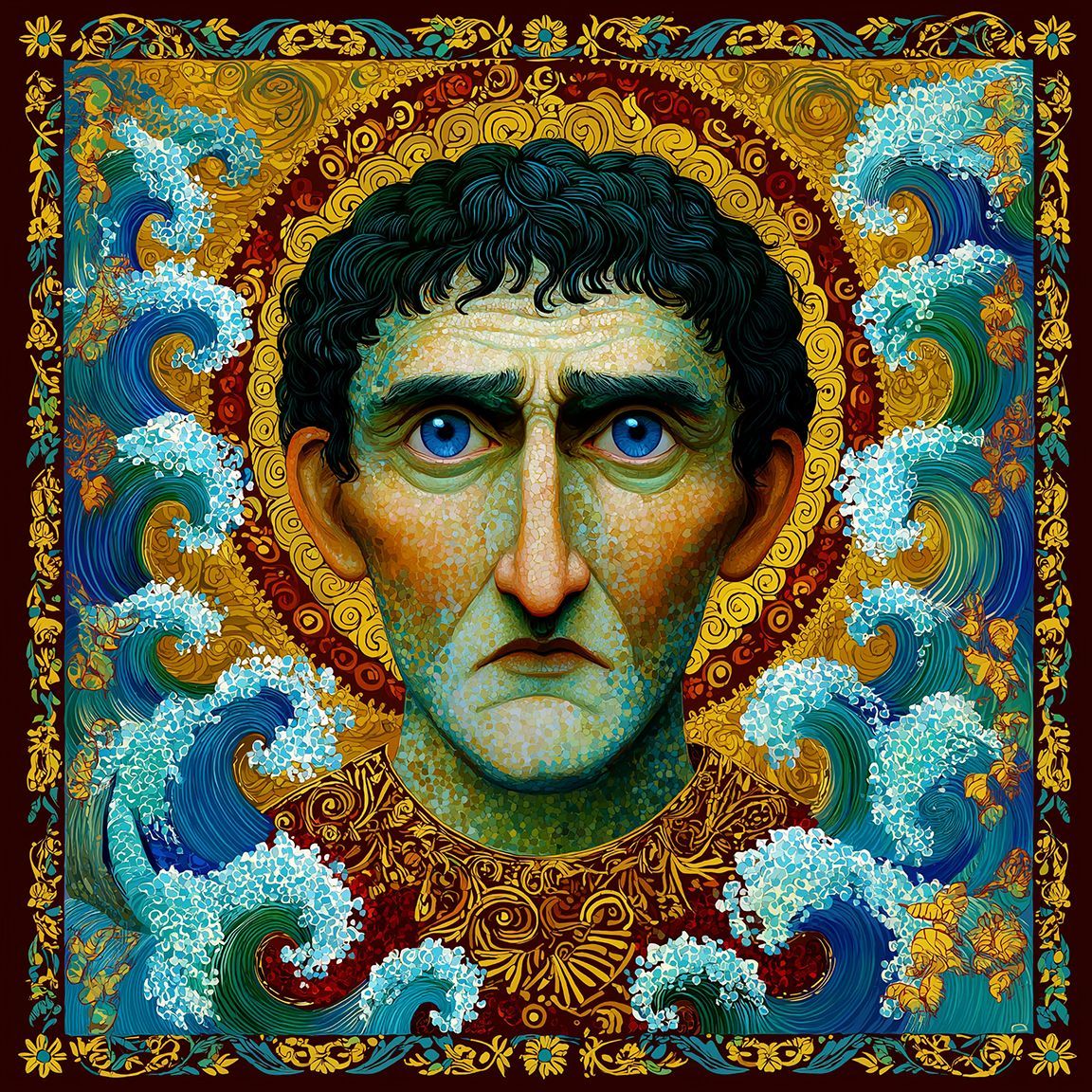
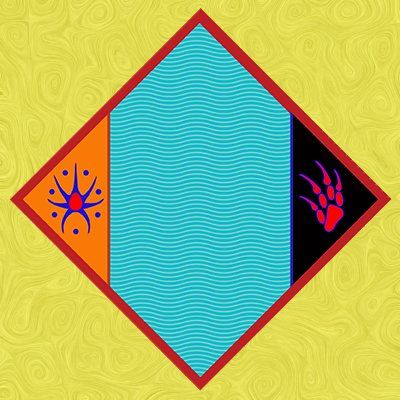
As a youth, he participated in an extraordinary adventure, heeding the call to assist in fortifying the
Vettencore Passage on Eastern
Thermistal. This massive endeavour had already been ongoing long before his arrival. In doing so, he played his part in ensuring the
Suvuka were confined to their portion of Thermistal. His first settled career at home began after his return, with him gaining employment at the Chelphun Printing House as a young man. While attending school, he came to supervise a young Emedin in ‘Gaining a Trade.’
Later, these two young people met Nebutan when she made initial enquiries concerning her plans to publish a series of books. While Dine was there, Chelphun embarked on the total production of her first two works, the ‘Rise of Tatchlan’ and ‘Worse than Chaos.’ He had left Chelphun before the completion of this second collection due to a family crisis. Despite being closely involved in the physical manufacture of these two notable projects and later in their distribution when he sailed on various ships for the Sawlu Clan, Dine was not necessarily an avid reader. He remained somewhat aloof to many of the great Nebutan’s ideas. What inspired him about her career was the possibility of it upsetting the southern Master's plans to enact Tatchlan.
Through this activity, he felt a measure of satisfaction in having helped create and distribute what everyone thought would be a potent anti-Tatchlan tool throughout Anu. By the beginning of this novel, it had become clear to him and others that this project had failed. The influence of the now-deceased Nebutan was rapidly diminishing. Like his Captain Emedin, Dine also took this personally, given his physical involvement and hopes for their cultural impact.
Dine was a conservative and traditionalist. It is, therefore, unsurprising that he was initially opposed to having Seti come on board. Along with contravening standing regulations, there appeared to be many mischief tales about such additions to the crew. From the perspective of a commercial vessel's smooth operation, these anecdotes would be confirmed and surpassed by Seti’s presence aboard the Jefaka. In time, he warmed to the boy. This was partly due to his ongoing dedication to becoming a contributing crew member. Later, he gradually fell under Seti’s spell as old religious feelings stirred in his presence.
Dine had been raised around those schooled to be skeptical of the ancient traditions and had long become only a nominal observer of Menem traditions. He was also affected by the arrival of Seti’s Adept, Hegev. These two initially had little contact, but Seti appears to have brought them together in their growing fascination with the boy. Two ‘miraculous’ events also had a powerful impact on Dine. One was the incident at the Memanu Field, and the other was Seti’s shocking encounter on Thermistal. All these things worked to ignite feelings Dine had not known since childhood. He came to believe Seti was a Menem Prophet. Unlike Hegev, he was content to follow him and had no ambition to gain power through Seti.
Pictured here is a simplified modern representation of Seti's Memanu Knot.

Suvuka: Sinkin

The above image is a common feature in most Koru Living Mountains during the Secondary Epoch. They are crafted mainly by taxidermists using recovered bones and other materials, mostly from the northern shores of the Huallapandu Headlands.
Suvuka hostility
The Suvuka were separate beings rising independently of the Tolku on the northern continent of Thermistal. Due to several confluent factors, these two species remained relatively innocent of each other until late in the Lesser Era of the Primary Epoch. Both had what could be described as ‘folk traditions’ of encounters with the other, but most paid scant heed to such tales. The Suvuka ruled Thermistal, yet once they became convinced there was another land to the south, they began preparations to occupy it. While the desire for new territory played a role, their primary motivation for such a massive venture was to wipe out the Tolku. This was due to the Suvuka’s immediate visceral reaction to any intrepid Tolku explorers they had encountered. Such face-to-face meetings increased frequently as a few Tolku dared to break the traditional taboos against exploring the continent.
Given their smaller size and soft bodies, the Tolku were naturally seen as prey. Beyond this, the Suvuka developed an intense hatred of these creatures. This stemmed from many factors, including their mystifying devices, troubling abilities and a persistent sense they had somehow altered themselves. This general discomfort at their modified bodies grew into a profound fear they were changing the nature of life on Anu.
Accounts of these puny creatures exhibiting powers to alter animals around them spread. The Suvuka saw themselves as the ‘Shepherds of Anu.’ They believed they were the perfect children of Anu, charged with protecting her integrity and purity. After these initial encounters on Thermistal, rumours of sporadic Suvuka managing to cross over to Rho-Jashun began to circulate in the north. Most drowned and washed up on shore, leading to fantastic tales based on Tolku finding their bones. A few appear to have survived the crossing, but little is known of their activities.

Tolku North/South divisions
Despite the Muraharoma Dynasty ruling the Tolku on Rho-Jashun and Statos-Vey, several profound divisions had opened between these southern lands, leading to mutual distrust and hostility. Much of this was based on the two contending schools of thought, one on each continent. The Menem Religion dominated Rho-Jashun. The Tatchlan Masters had been driven out of Thithanu by the Menem Priesthood long ago. Now, they merged into a powerful and popular force on Statos-Vey. Through their growing proficiency at reading the signs of disturbance within Tatchlan and growing alarm signals from their animal allies, these Masters warned of a threat from the north.
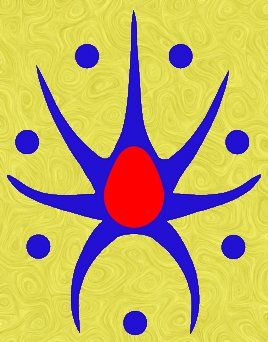
The Menem Priesthood rejected these calls, seeing them as a way to undermine their authority and validate their longstanding enemy. They maintained that the stories of a tremendous brutish being were all lies, as there was no mention of them in the Daruadunnal and Tarunachit, both foundational Menem texts. A Menem prophet named Zitapermas had maintained their existence and linked them to the mythical religious enemy of the Menem, known as the Kovlah. This led to his being accused of being part of what the priesthood characterized as the ‘Kovlah Heresies.' These announcements diminished their impact on the majority of the Rho-Jashun population.
Muraharoma Emperor acts
The Muraharoma Emperor, who had settled on Statos-Vey after longstanding contentions with the Menem Priesthood, had received numerous reports of wildlife displacement in the far north, listened to the high-ranking Masters in his court and became convinced of the Suvuka threat. At his command, extensive surveys were done along the southern spur of the Mulungu Mountains, which already stood as a formidable barrier between north and south. After intensive debate, the emperor declared it impossible to defend the north and urged those on Rho-Jashun to retreat south. As significant engineering and construction efforts began, this southern line of mountains was renamed the ‘Impenetrable Barrier Region.’ It was determined that the two gateways and a third barrier across the otherwise dense and tall mountain range, which stretched all the southern lands of Rho-Jashun, needed to be addressed.
Xaduron Wall
All interruptions in the otherwise daunting mountain wall were on the eastern half of the southern spread. Two were natural gaps in the otherwise densely packed range, separated by nearly three thousand andas, known as Xaduron and the Thumondu passes. Xaduron was at the Nabunal Bend, where the mountain range turns from travelling south along the eastern coast of Rho-Jason to march west across the continent's southern portion coast to coast. Xaduron was a twisting passageway of well-travelled routes between Rho-Jashun and Statos-Vey. The Xaduron Wall was now erected across the entire pass. This sheer wall was constructed of dense-grade Azure stone, angled outward from the base to the top and extending half an anda in width. It was the longest of the completed defensive works erected within the Impenetrable Barrier Region and was never breached. This was one of the first times a form of acid was utilized to bond these mighty blocks to form an unassailable wall.
Bulbogal Trench
Between Xaduron and Thumondu stood a very different feature. The ‘Bulbogal Trench’ was not a pass needing to be fortified but a trap intended to destroy any Suvuka herds approaching it. Bulbogal is an eighty-seven-anda-long natural trench stretching west to east, bordered on both ends by tall natural outcroppings. The Mulungu Range recedes south at this point, appearing to those arriving from the north to provide access further south, although when they arrived, they found the same dense wall of sheer rock. This trench was significantly enlarged, and the waters drained to a killing depth. The northern side of Bulbogal was camouflaged, partly by planting smaller trees on the north side and taller ones on the southern side, to make its edge invisible and create an illusion of an uninterrupted valley. This strategy would be employed again at another trench in the distant future on Thermistal itself.
Thumondu Wall made of ‘shavings’
This was a far smaller gap than Xaduron. It was primarily constructed of cut materials along the barrier's northern face to present an even more challenging front for the beasts to attack. This ‘shaving’ of the mountain range took place simultaneously with the other engineering works and was later celebrated as an equal marvel. While this wall was held during this Onslaught, it was breached during the Second Suvuka Onslaught in the distant future. During the Secondary Epoch, it is known as the ‘Thumondu Broken Wall Monument.’
Tolku refugees
The Menem Priesthood of Thithanu was vociferous in its condemnation of these actions. They saw them as a barrier to their influence in the south. They maintained the notion of Suvuka, and their impending invasion was a spurious threat to undermine Rho-Jashun. They cast aspersions on the emperor for listening to the lies of the Masters and shamed anyone heeding the call to fortify the north or flee to the south. The sky and land darkening with birds and animals fleeing south finally led to some efforts to determine the threat or defend against it; most ignored the evidence and believed the Priesthood’s words. Only the Tolku escaping south ahead of the Onslaught survived. For numerous internal reasons, this migration of specific groups had been in progress for some time before the Onslaught. The refugees streamed through the two small gateways within these fortified passes, entering the tropical jungles of Statos-Vey, where all Tolku now congregated. Here, the Tatchlan Masters’ prestige increased with their noble attempts to warn of the impending Suvuka Onslaught and rouse the emperor to enact these massive works to defend the south.
Onslaught and the destruction of Rho-Jashun
The single focus of the Suvuka and divisions among the Tolku eventually led to the monumental catastrophe known as the Suvuka Onslaught. Once the creatures found a sure way to cross from southwestern Thermistal to the Huallapandu Headlands, known as ‘The ‘Crown’ in northern Rho-Jashun, they arrived in huge numbers. They did not immediately strike south but tarried on the headlands to wait for more groups to come. It has also been determined they also saw to the birth and training of a new generation to augment their cause. Thus, it is estimated the Suvuka occupied The Crown for nearly twenty years before the invasion began. Despite growing reports of a loss of all communication with the small populations in the north, most of the Tolku community remained divided as to whether the Suvuka truly existed and were ill-prepared for a massive invasion. Troops were belatedly sent north to investigate, only to vanish. While some tardy attempts were made to defend or leave Rho-Jashun and its ‘World City’ capital, Thithanu, once begun, the Onslaught was unstoppable. All of Northern and Central Rho-Jashun fell with shocking swiftness.
All remaining Tolku of all ages were slaughtered without exception. All livestock were destroyed, along with crops and orchards ripped apart and trampled into dust. Everything the Suvuka saw as altered by the Tolku was utterly smashed. So intense was their antipathy that the Suvuka not only raised the immense city of Thithanu but pushed the many mountains of ruin into the Uthumpon River. This tremendous volume of debris eventually displaced this mighty river, causing it to flood the plain and, in time, ultimately altering its course. Incalculable numbers of Tolku perished, along with cultural riches in architecture, artwork, craft, and literature. The casualties included all political and social institutions of the continent. Menem, a world religion, was centred on Rho-Jashun. All of its senior leadership, academies, libraries and establishments were obliterated. While a fraction of this community survived on Statos-Vey, this marked the end of this tradition's dominance. Remarkably, a handful of eyewitnesses managed to elude being eaten and fled south to bring harrowing tales of the end of Rho-Jashun through the tiny openings in the ‘Impenetrable Barrier Region.’ When the Suvuka finally arrived at the barrier, they fruitlessly spent themselves trying to cross by brute force and sheer numbers without success. The only good seen out of the tragedy was the Suvuka’s delay in destroying Thithanu, which allowed for the completion of the Impenetrable Barrier Region.
Suvuka defeated
Seldom may a single name be attached to world-changing events, but in this instance, one can, and her name was Master Duamang. She was the last of a long line of Masters who successfully transmuted the Brangnam Plague's malice into service for the Tolku. Her genius was to ‘defang’ Brangnam while instilling a new set of tools to propagate itself within the Suvuka. This unique living weapon's primary goal was to stop up Suvuka wombs, so no new Suvuka were born. Master Duamang not only laboured long within the Living System to accomplish this but established a viewing station high in the eastern Mulungu Mountains looking out over Rho-Jashun’s Marachla Plain. From there, she could observe herd movements and monitor all changes. It was clear all the Suvuka on Rho-Jashun had become affected within ten years of the initial dispersal.
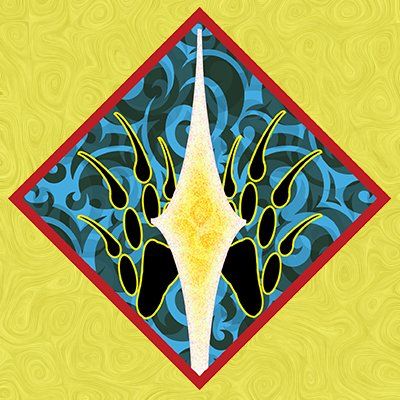
The Masters employed one of their most potent tools - patience. They urged all to wait sufficiently for the Suvuka population to decline over several decades to no longer be a threat. Once it had, the Tolku forces issued out of the Impenetrable Barrier Region and drove the much-diminished remnants of the once-mighty Suvuka horde north.
They arrived back at their ancestor’s staging area of the Huallapandu Headlands in northern Rho-Jashun and, hampered from returning south, were allowed to live out the remainder of their lives and die in whatever way seemed best to them. While of diminished strength, Master Duamang’s weapon also impacted the vast herds of Thermistal. Robbed of most of their young, they were routed by the Tolku, now invading their homeland, and driven east until they were sequestered on a third of their original territory. The natural channels from the Tharapura Ocean to the north and the Panchala Sea to the south were joined into the mighty Vettencore Passage. Fortified on both banks, these immense walls and expansive waterways imprisoned the Suvuka.
It must be noted that Master Duamang lived in a very different culture from the one before the Onslaught. The Suvuka forced all Tolku together onto Statos-Vey, and the previous divisions between Rho-Jashun and Statos-Vey vanished in the crucible of the Suvuka threat. The Masters were now near-universally acclaimed as standing at the helm of the Tolku's future. Master Duamang’s success only sealed their respect and prestige and doomed the Menem Priesthood's remainder to obscurity.
Suvuka dilemma
All Suvuka now faced a crisis. Despite being far more massive and possessing unmatched might, they were still defeated and sequestered in a fragment of their former homeland. Their strength and virility were not only vanquished but humiliated by the Tolku. They were forced to acknowledge they possessed powers they did not begin to understand. The Tolku’s pale hand had even touched those who had never crossed the southern lands. Trapped behind the Vettencore Passage, they were impotent before its vast construction.
They passed down to subsequent generations their stories of many signs the Tolku possessed mysterious lore and superior minds that defeated their pure strength. With horror, the Suvuka witnessed how these tiny creatures even turned their formerly noble servants, necessitating their destruction to avoid the Suvuka being contaminated. The ‘Shepherds of Anu’ were powerless before them as they demonstrated their growing power over Anu itself. Under their rage was the deep fear the Tolku would eventually turn them into slaves of their will, and they could do nothing to stop them. Their inability to understand the Tolku’s abilities led to a growing mysticism that sought to comprehend their inconceivable defeat and restore their pride. This, in part, is why traditions like the Four Paws run continued even though these customary Suvuka virtues had proven insufficient against what they continued to view as a weak and despicable foe.
Suvuka embraces Hesha Vira
One of the extraordinary discoveries of the Masters at this volatile time between the Suvuka defeat and the Quickening of the Tatchlan System was the unlikely link between what had been seen as an utterly foreign animal, the Suvuka, and one of the Principal Faces of the Tatchlan System, Hesha Vira. She was an early creation and had awakened to find the Suvuka within the realm of Raw Life before the Masters truly realized they existed. She bonded with the creatures and gradually insinuated herself into their ceremonies, rituals and dreams. When she recoiled from her proper place within the Tolku creation of Tatchlan, she turned to these beasts. They adored her without requiring service and did not seek to modify life into something far beyond what she could grasp.
As such, she unknowingly mirrored the entire Living System, giving an awakened ‘face’ to what had been unconscious and incoherent forces. These blind mechanisms for pitiless survival chafed against the new layer of awareness now encompassing them. This state of affairs led to an unforeseen dysfunction within Tatchlan at the dawn of the Quickening.
This Face of Raw Life, entirely a creation of previous generations of Masters, went mad and attempted to separate herself from the other Faces and return all to the chaos of ungoverned life. In the throws of her rebellion, she turned to the Suvuka, whose growing mysticism allowed this previously unknown apparition to become a symbol of their metaphysical war against the Tolku.
Sinkin
When we first meet the competing species of the Tolku on Anu, it is in a symbolic setting. Sinkin is a youth joining eight others from his Durka Herd at the Vettencore Passage. The barrier monument the Tolku Dine played a minimal role in constructing many years before. They performed a ritual of defiance against the wardens of their captivity on Eastern Thermistal. This is the first of Sinkin’s ‘Four Paws’ ritual, a series of endurance trials on the way to becoming a ‘Full Stag.’ This First Paw of symbolic roars and gestures is full of bravado and utterly futile. Despite the profound changes in Suvuka's existence, Sinkin has begun his Stag Run. In these challenging times, this ritual was fuelled by the presence of a formidable foe. The ‘Second Paw’ was an extended run south through the rugged jungle terrain, forest, plains and a punishing desert. His ‘Third Paw’ takes place at a considerable site known as Avanchil Round, where ceremonies and instruction occur with many others. His ‘Fourth Paw’ is an extreme ordeal that could kill him, but if he survives, there is more ceremony and instruction. The nature of this last set of trials is withheld from him until he is about to commence them.
This small portion of adults from Durka Herd chose to accompany him. Despite the Suvuka having young in numbers again, protecting their bucks is deep-rooted since the Tolku displayed how easily they could be robbed of them.
The Vettencore Passage was less than a day’s run from their herd’s current territories and one of many ceremonial sites of the Suvuka, the Chitikal Round. These circular open spaces with rough fertility symbols at the centre were focal points for the Mesmerizing Run, a potential frenzied race around this broad track, often leading to visions.
Sinkin is both more enquiring and more poetic than his contemporaries. He is full of questions and quite able to articulate the absurdities of their ancient ceremonies in the face of their post-Tolku context. Simultaneously, even as a young Buck, he was far more attentive to ancient epics and songs, bringing them into the present as few others. While he enthusiastically joins most Suvuka in embracing the Face of Hesha-Vira, he can also step away from her demands of him and some of the magical thinking his herdmates come to associate with her. His rare ability to be circumspect and enthusiastic causes much frustration among his travelling companions. In the end, he alone finds himself silently regarding the distant Tolku they see (Shuna-Vurupta) as the source of the Suvuka’s future.
Hiratak
He is the elder ‘Herdmaster’ and ‘Designated Voice’ of Durka Herd. Hiratak has chosen the path of tradition to meet the present challenges. He sees himself as a guardian of all that is virtuous and noble in their past. He takes his role in guiding young Sinkin with the utmost seriousness. He is also a stalwart ally and friend to Morakav and his smaller group from Makusk Herd, displaying considerable bravery in standing up for them and all Suvuka believed to be ‘tainted’ by the Tolku.
While the Face of Hesha Vira inspires most, her revelation creates a crisis for Hiratak. As a traditionalist, he is hostile to this radical intrusion into his treasured conventions. When he learned that Face had been secretly admired for generations, he was shaken. We can see that he alone was correct in his assessment of her. Hesha Vira may have been a manifestation, and thus a ‘Face of Anu,’ but she was wholly a product of the Tatchlan Masters. The fact she manifested as having a Suvuka Face did not fool him. This growing conviction was at war with his deep love for his buck, Sinkin. He watched in growing anger and frustration as the rest of Durka Herd on this run became enraptured by her. Due to his frustrated rage, he fell behind and neared the point of abandoning the Run. With rough encouragement, he finally determined to fulfill his oath and rejoined the group.
Once Shuna-Shapta resolves Hesha Vira’s challenge to the Masters and the other Principle Faces, Hesha Vira changed her aspect towards all Suvuka. The most unlikely candidate for this transformation was Hiratak, who began to have sweet dreams of her. To make sense of this, he incorporated Hesha Vira into his conservative worldview, leading him to reach the same destination as most on this Run: viewing Hesha Vira as a powerful friend of all Suvuka and the embodiment of Anu. He played his part in founding Hesha Vira as a religious symbol for all subsequent generations of Suvuka.
Setush
This buck is also on his Four Paws run. He is a member of the Makusk Herd, and five adults accompany him. Makusk Herd has a secret they fear to reveal to any other Suvuka. This event made it even more apparent how powerless the Suvuka were, even to the unfortunate and unsanctioned whims of a few Tolku. Before the Four Paws, the young buck imprudently revealed something to Sinkin, who relayed it to Hiratak. These two groups met in an isolated setting and, after some initial coolness, determined to join forces for the sake of their two Bucks. As is common in these settings, the two Bucks grow intimate in their shared trails. It becomes clear that Sinkin was dominant, and Setush readily became his subordinate.
They expressed their confusion to the others about why they ran and the future of the Suvuka. The two groups moved closer together with the revelation of Makusk’s ordeal. With the notable exception of Hiratak, their shared amazement fortified this bond and enthusiasm over the manifestation of Hesha Vira’s Face at Avanchil Round. Eventually, Sinkin’s independent inclinations lead to his diverging from what becomes the new Hesha Vira orthodoxy, much to the disappointment of Setush. Much to his relief, as they return as Full Stags to the Vettencore Passage, they are somewhat resolved in their thinking. Setush, like Hiratak and the others, embraces Hesha Vira, appearing to possess a distant Tolku on top of the Vettencore Passage wall. He also will be a lifelong advocate of Hesha Vira being a legitimate face of the Shepherd of Anu’s home.
Morakav
Like Hiratak, Morakav is the Voice and Herdmaster for this portion of Makusk Herd. Given this herd had undergone a humiliation they feared must be kept secret, he had determined they should stay aloof from all other groups while travelling the Four Paws with their young buck Setush. He held onto an additional fear that they would be found out in Avanchil and did not know what would become of them. Some Suvuka had begun to express extreme solutions for any herds ‘tainted’ by the Tolku. He initially was keen to leave a shelter where they encounter Durka Herd, only to commit a breach of protocol binding them to this new group. In time, they grew together and revealed the marks of their shame. As they continued the Run, Morakav and Hiratak developed a friendship. While Morakav grew fond of the elder, he also felt their close association allowed him to, with respect, remonstrate Hiratak for what he saw as his inflexibility. At the same time, he was grateful for Hiratak’s generosity in accepting them and the unexpected courage in speaking up for them at Avanchil Round. While the advent of Hesha Vira’s manifestation amazed him like the others, he seemed less inclined to fall before her. He was more attuned to the responses of the other members of his and Hiratak’s herdmates to her. He is more willing to be open to this new situation and go with the consensus with little internal struggle.
Interview about Hesha Vira's Challenge August 14, 2022.

